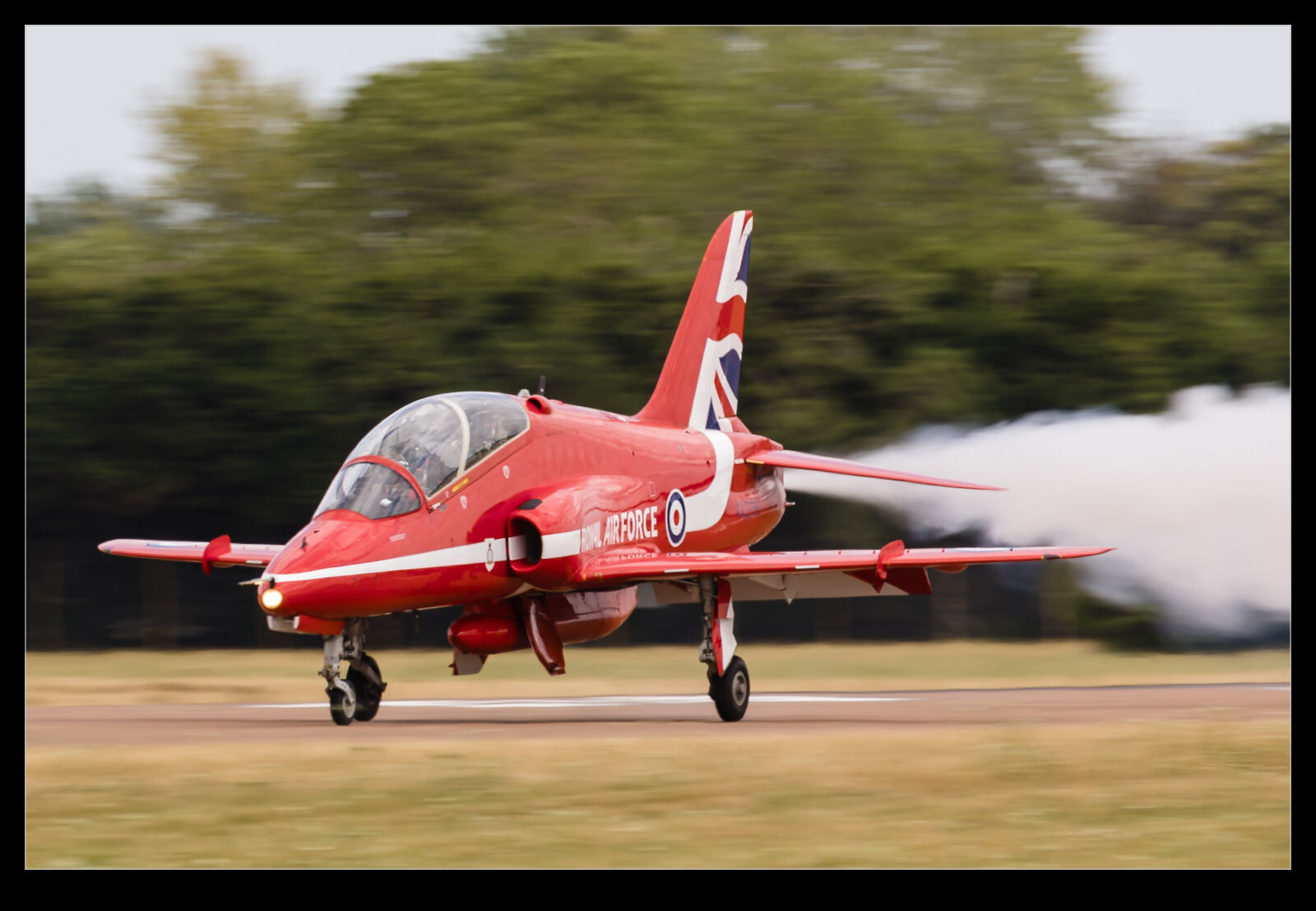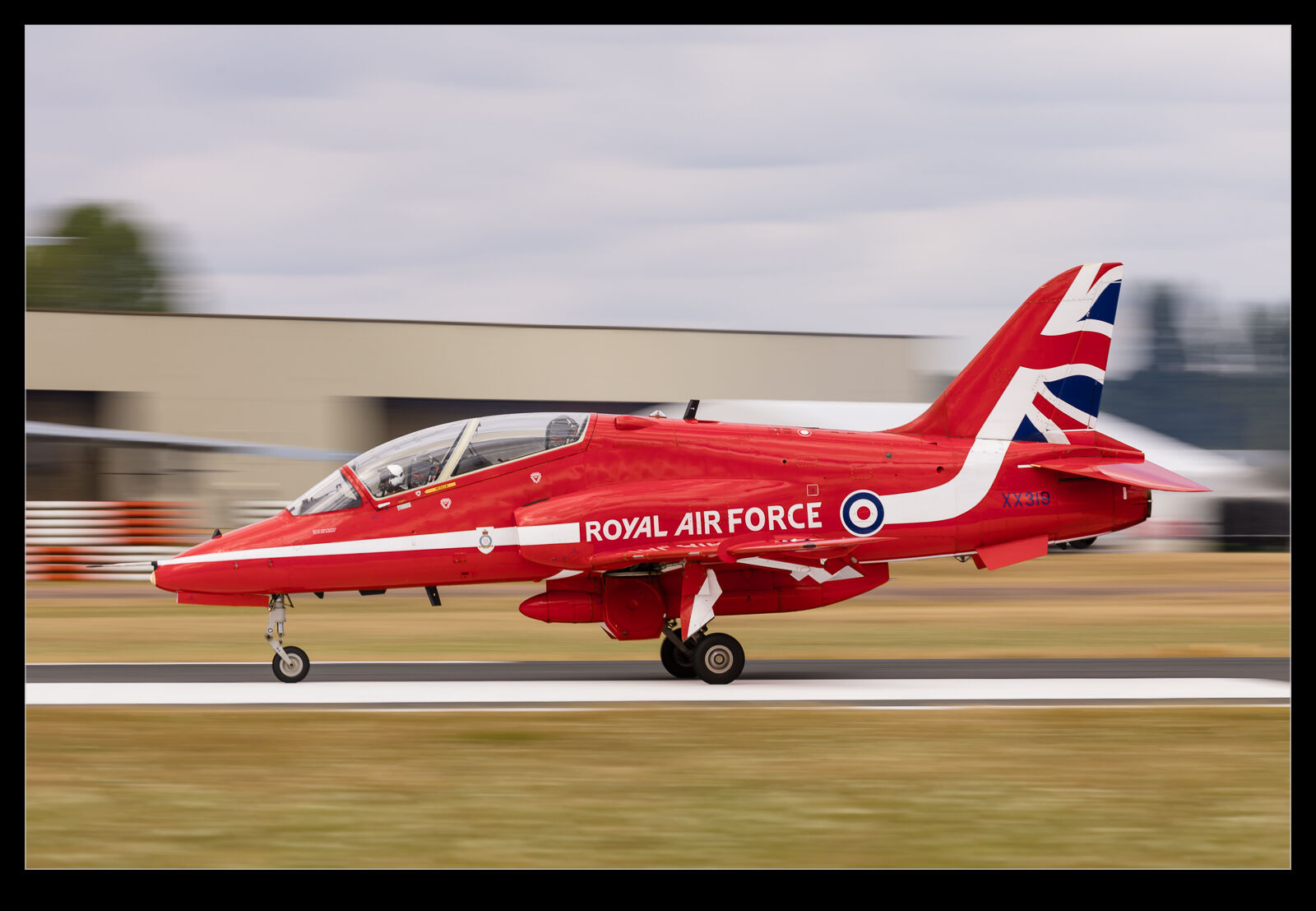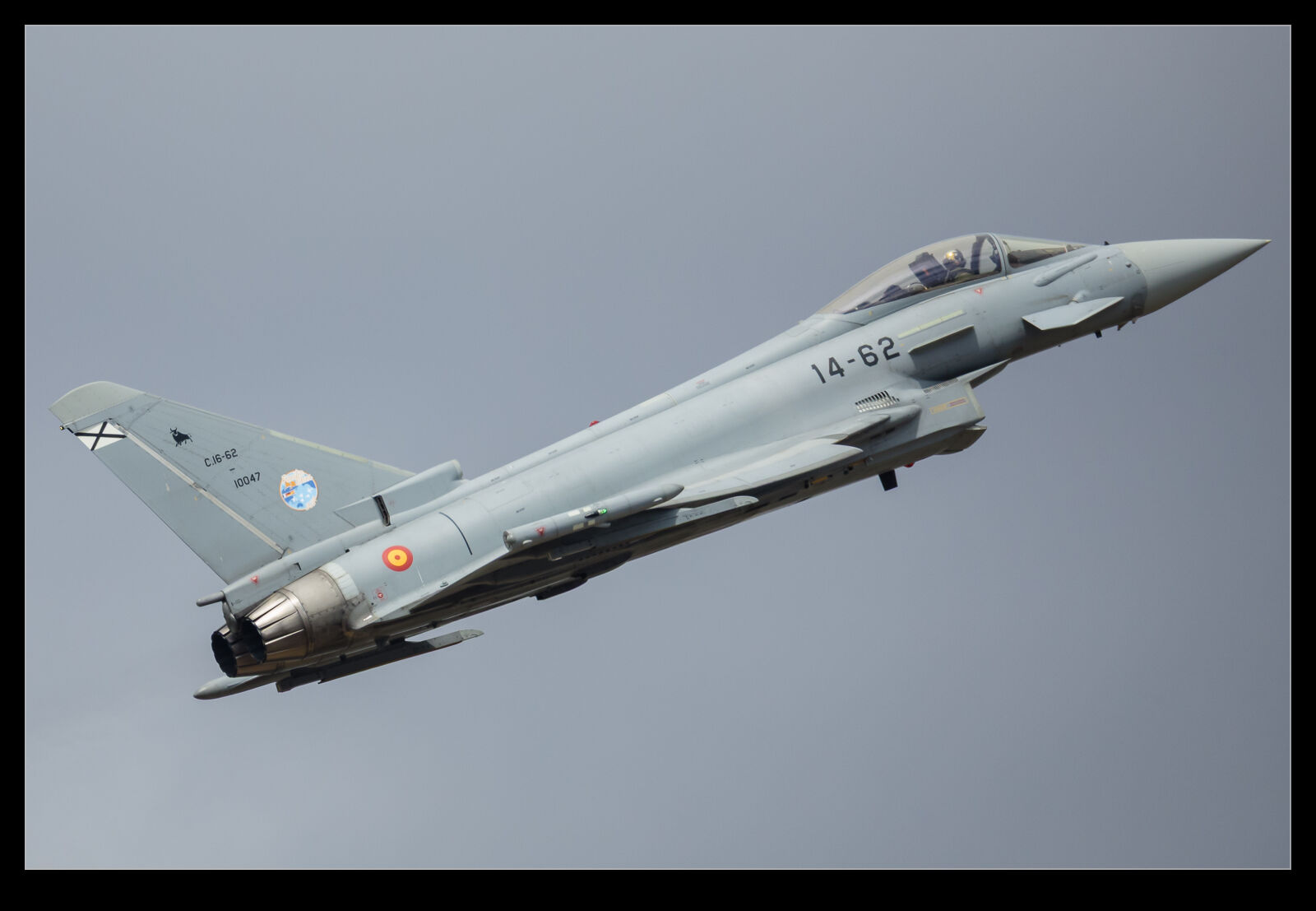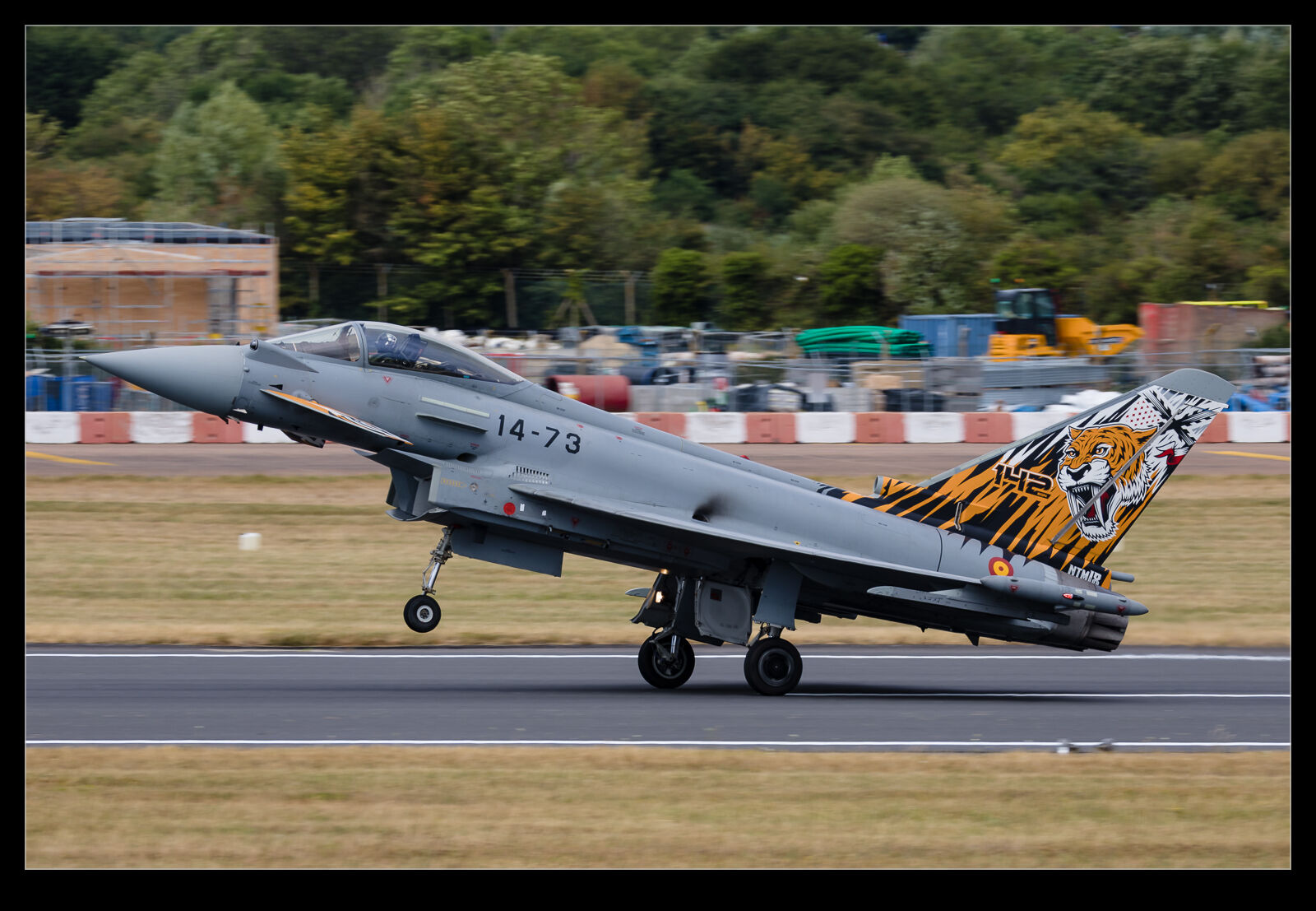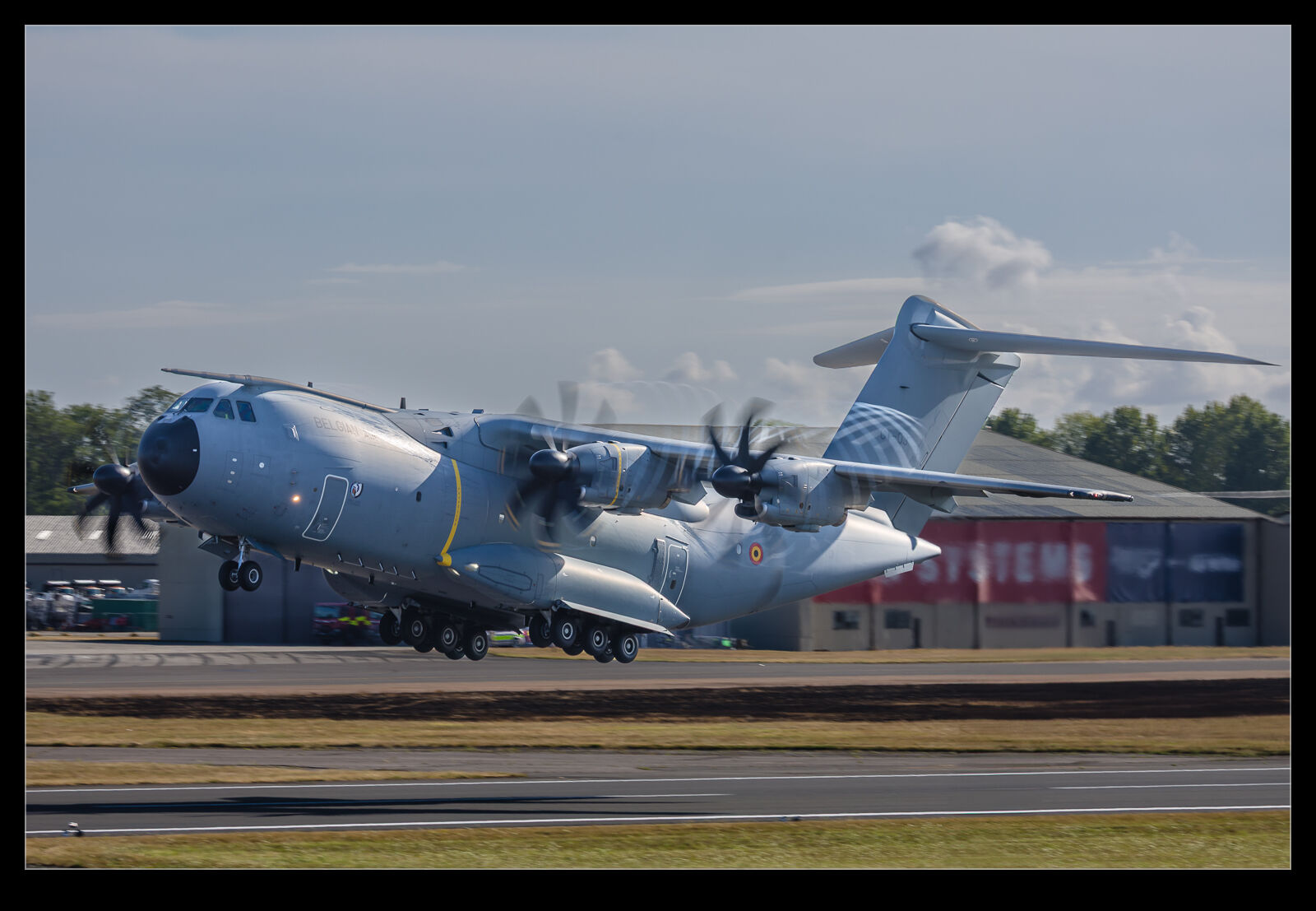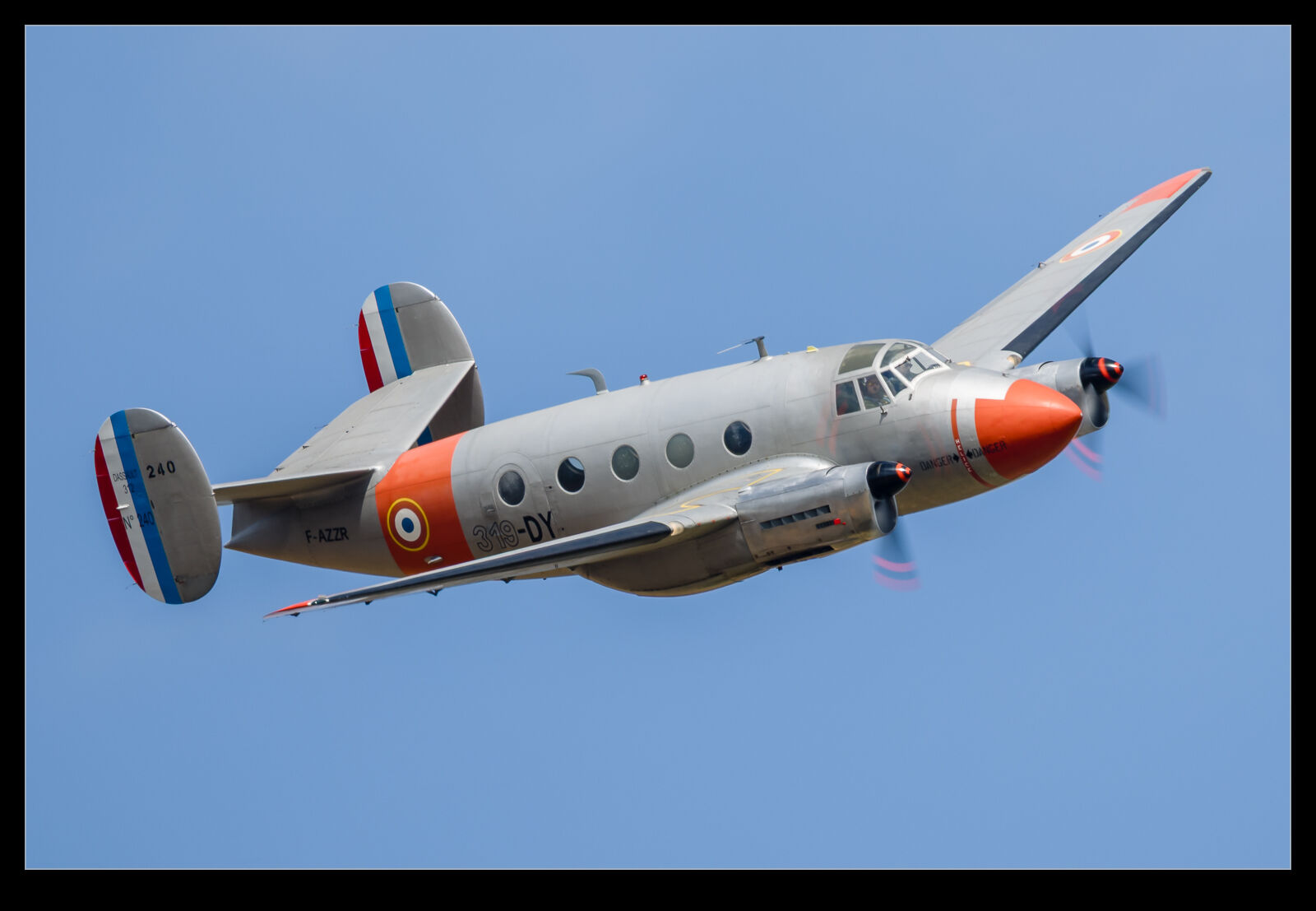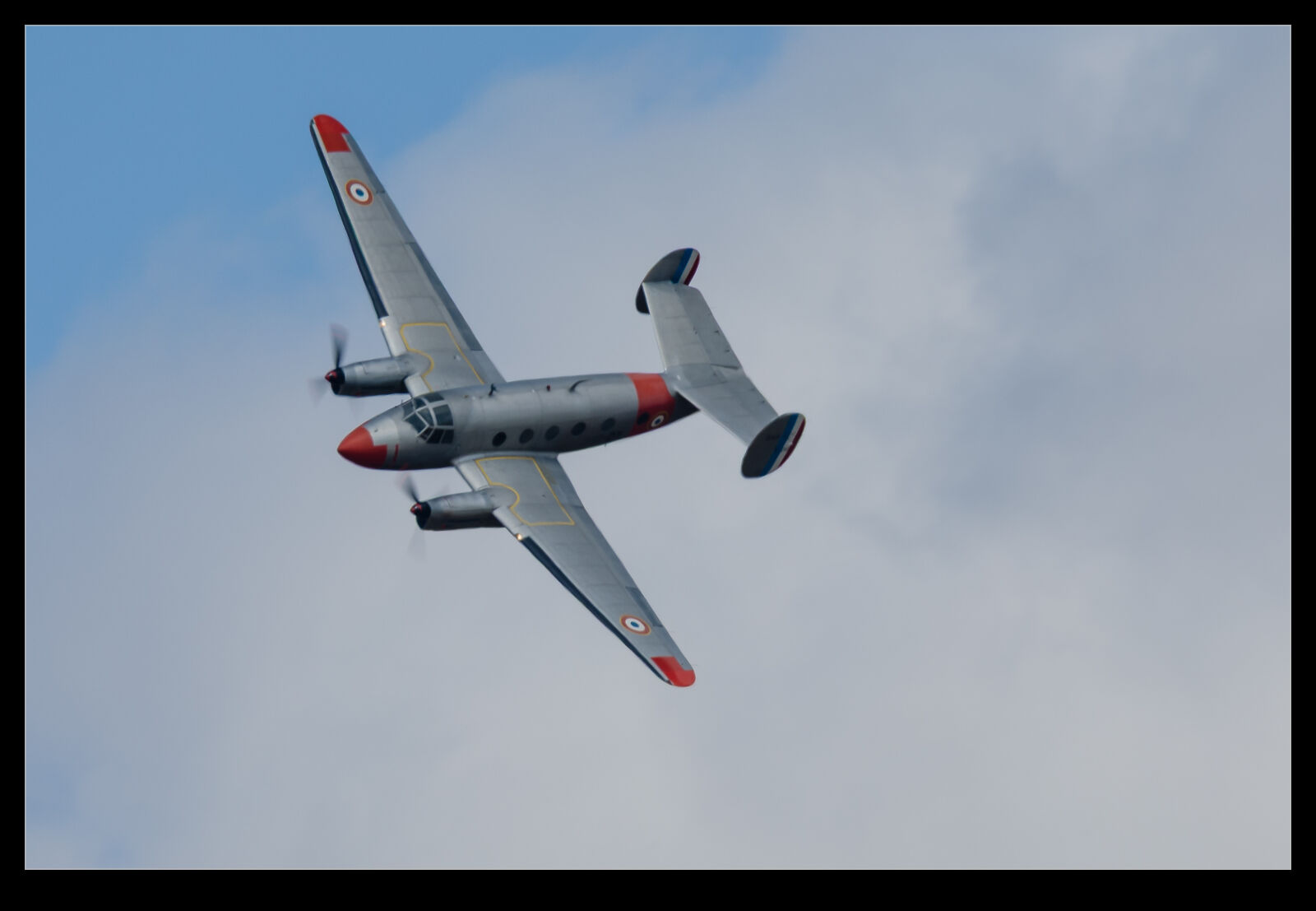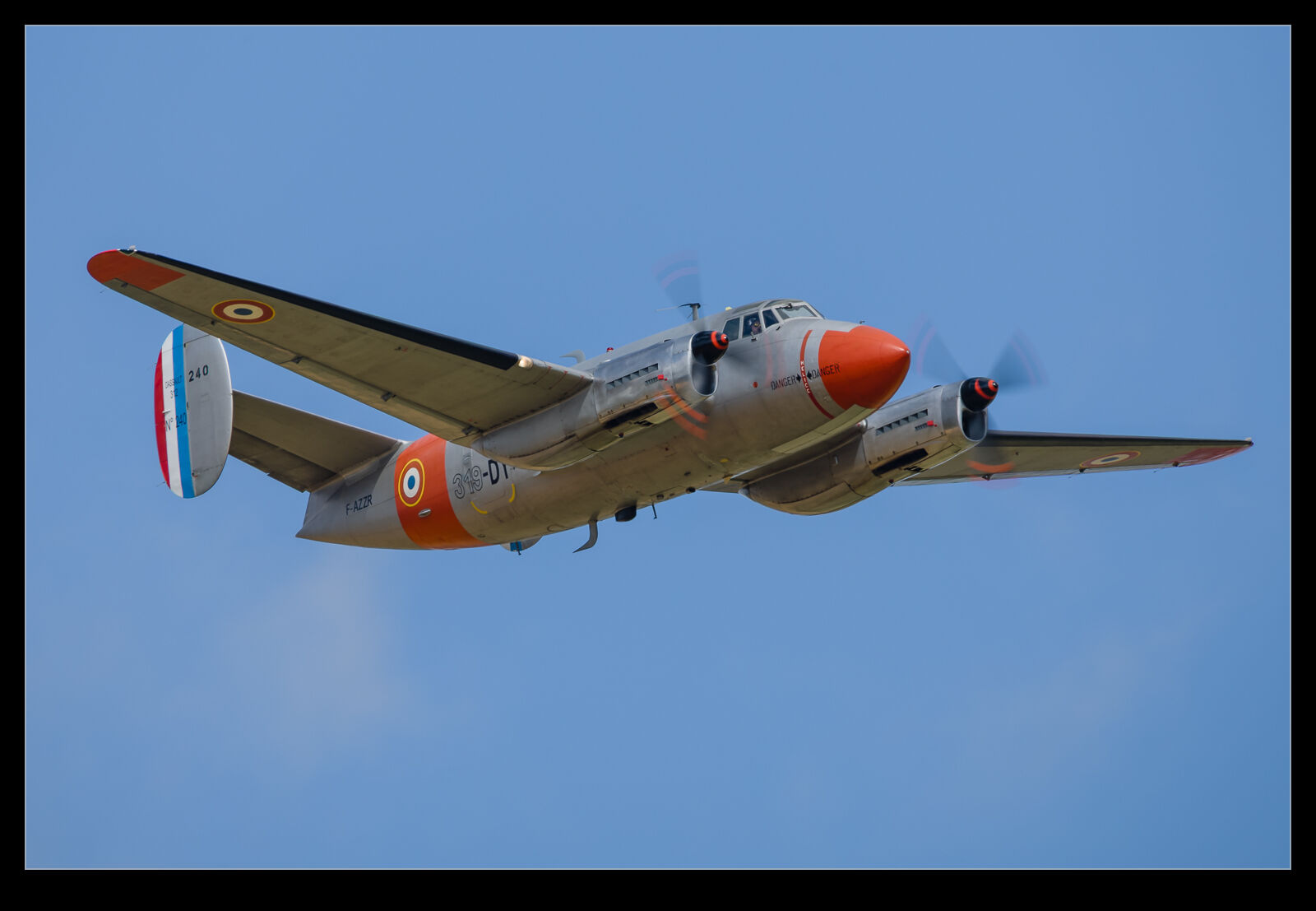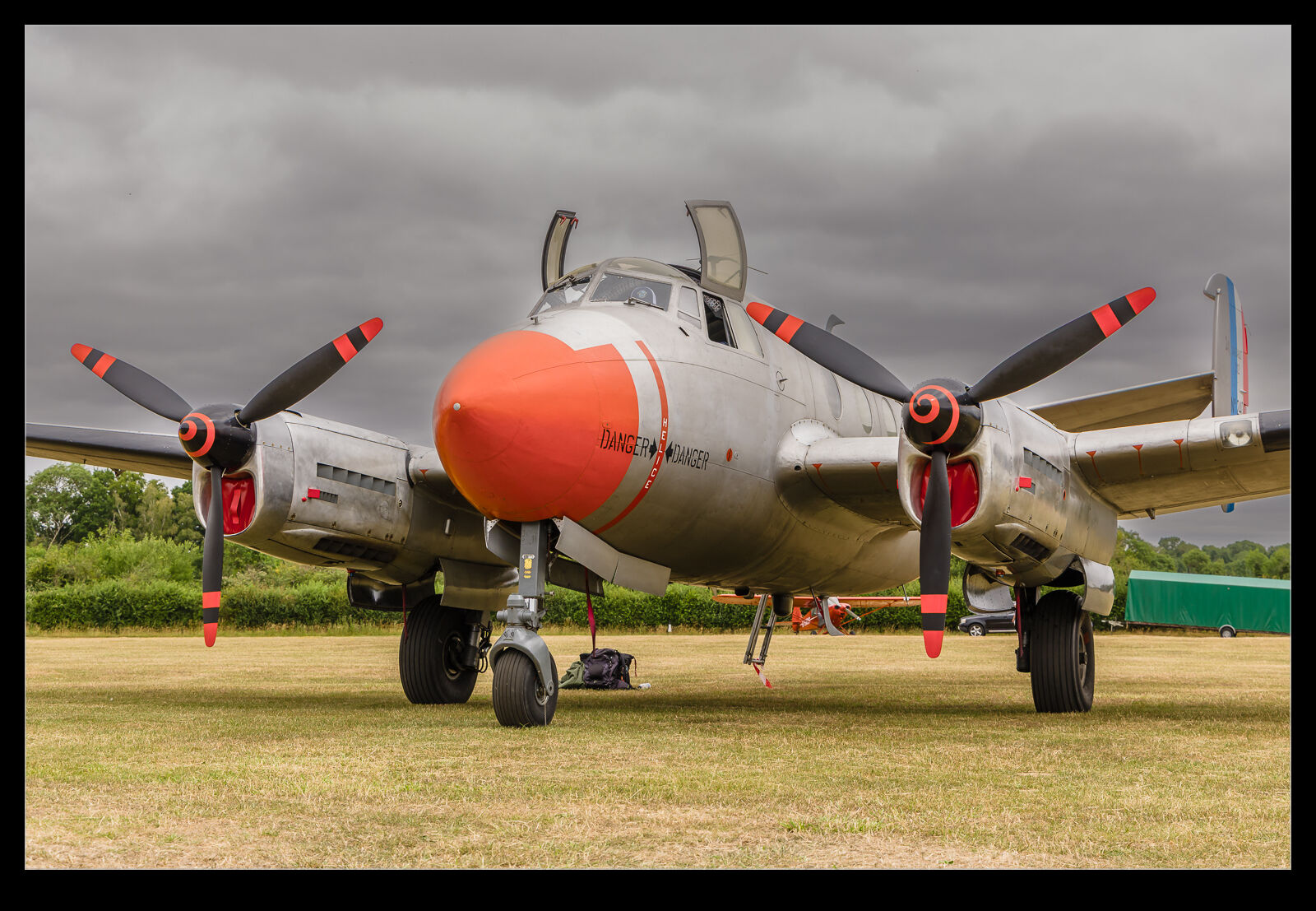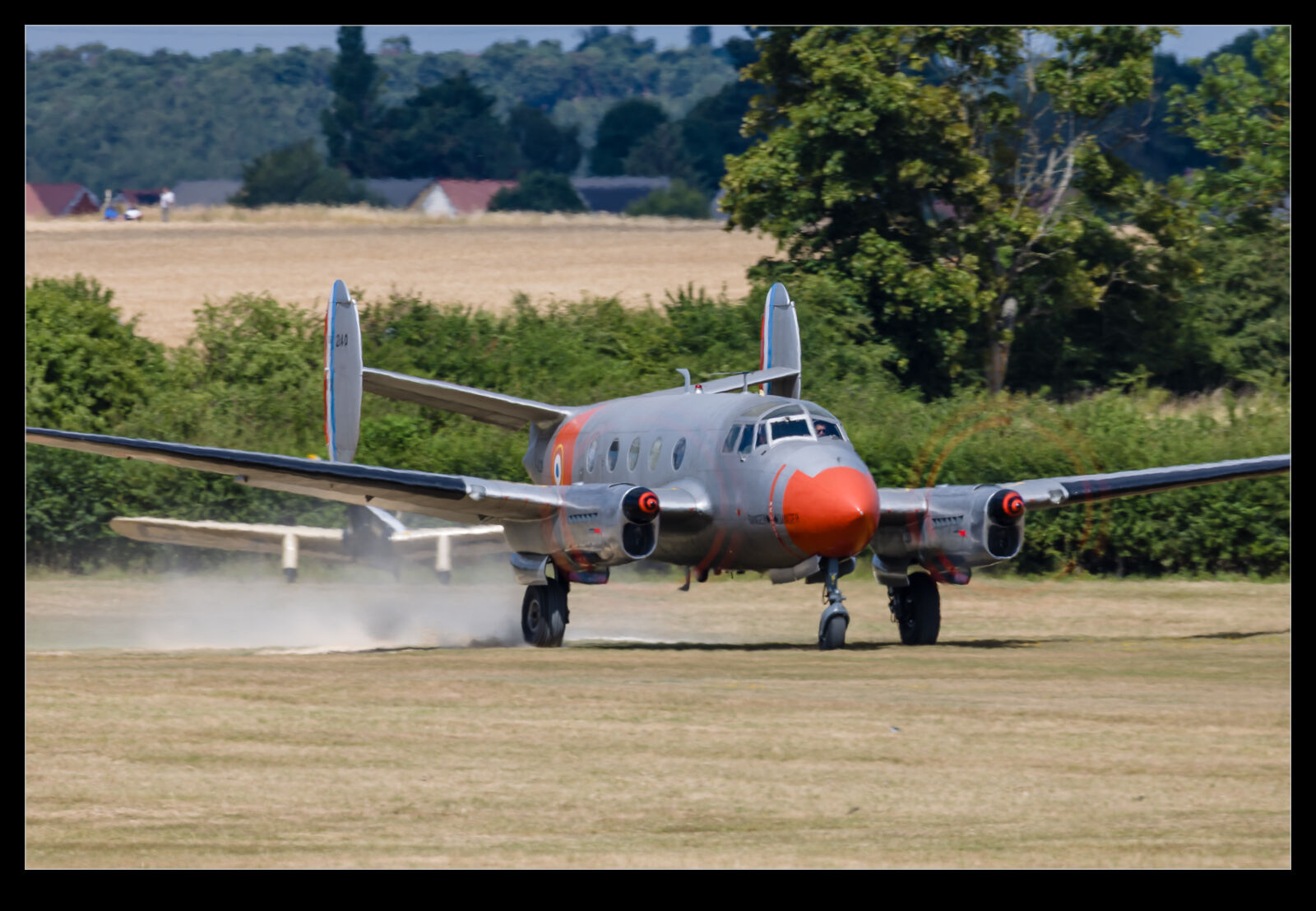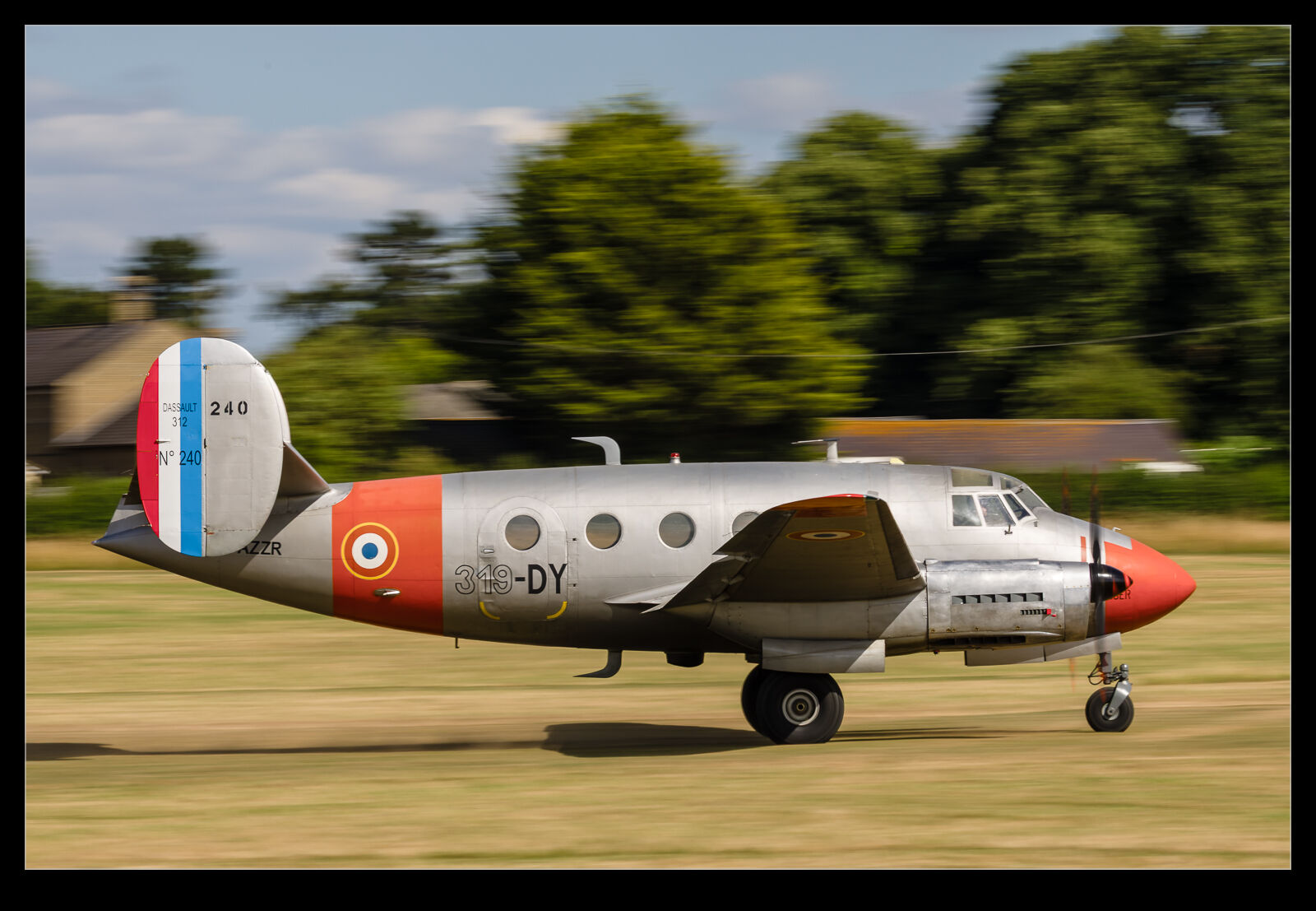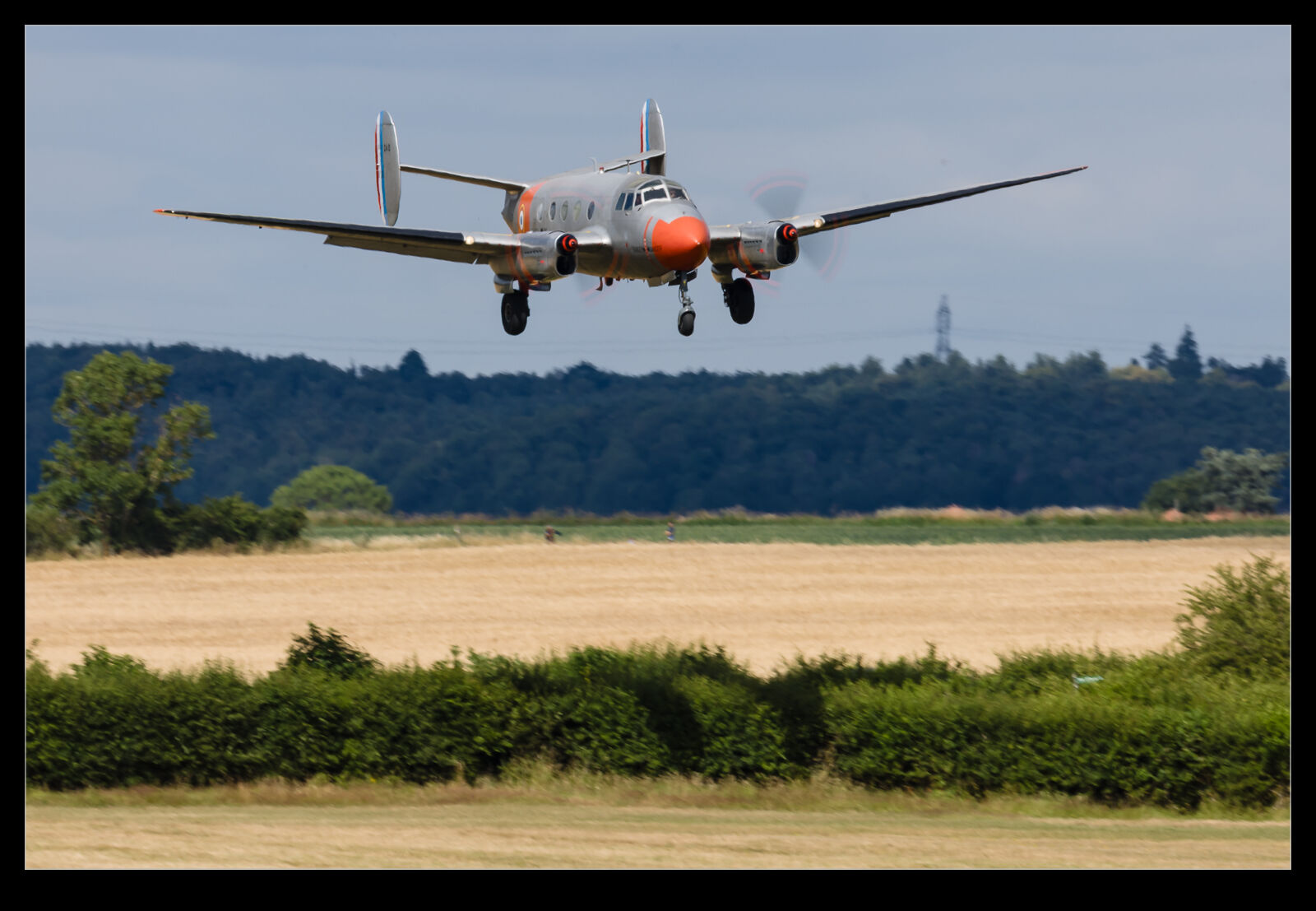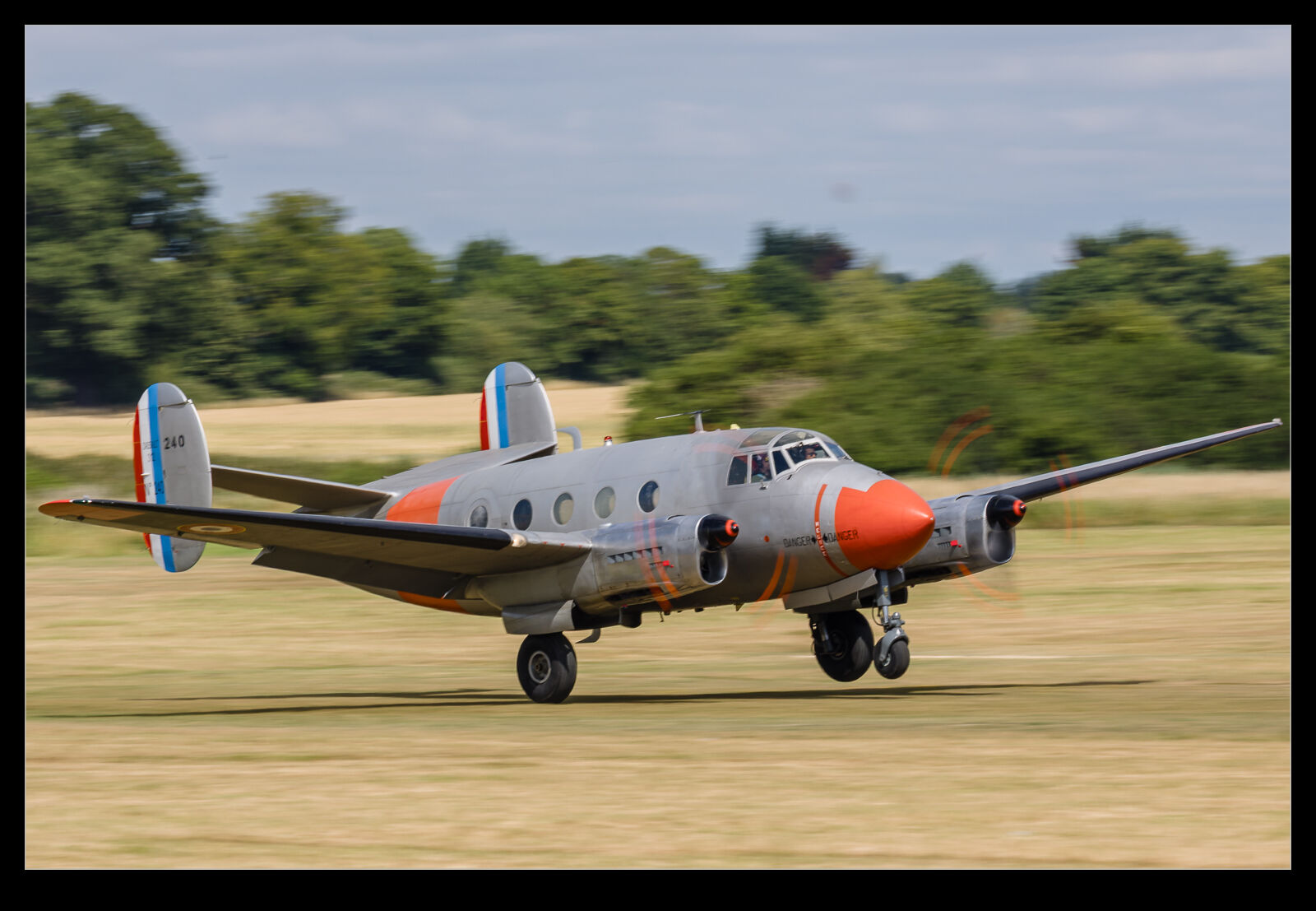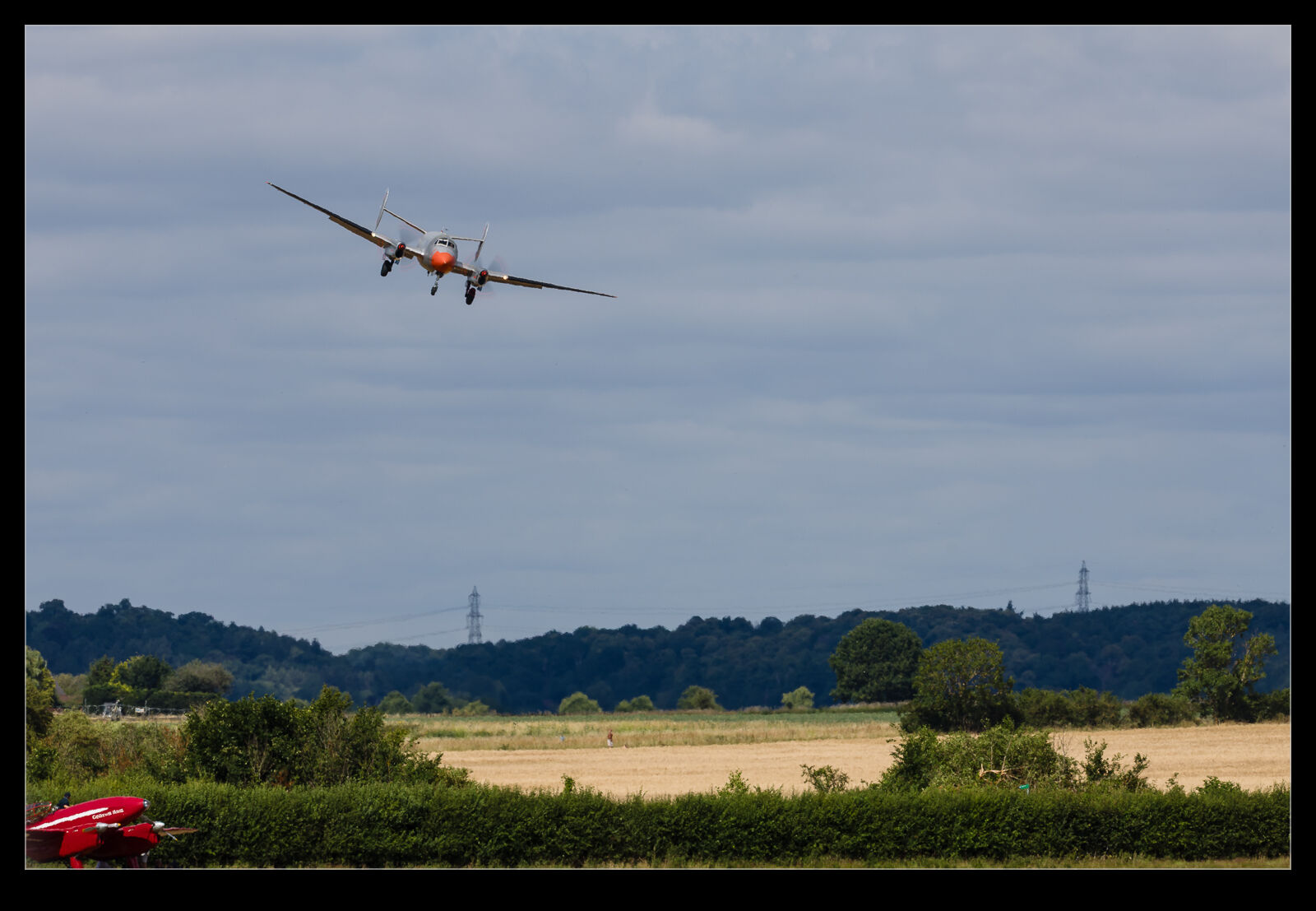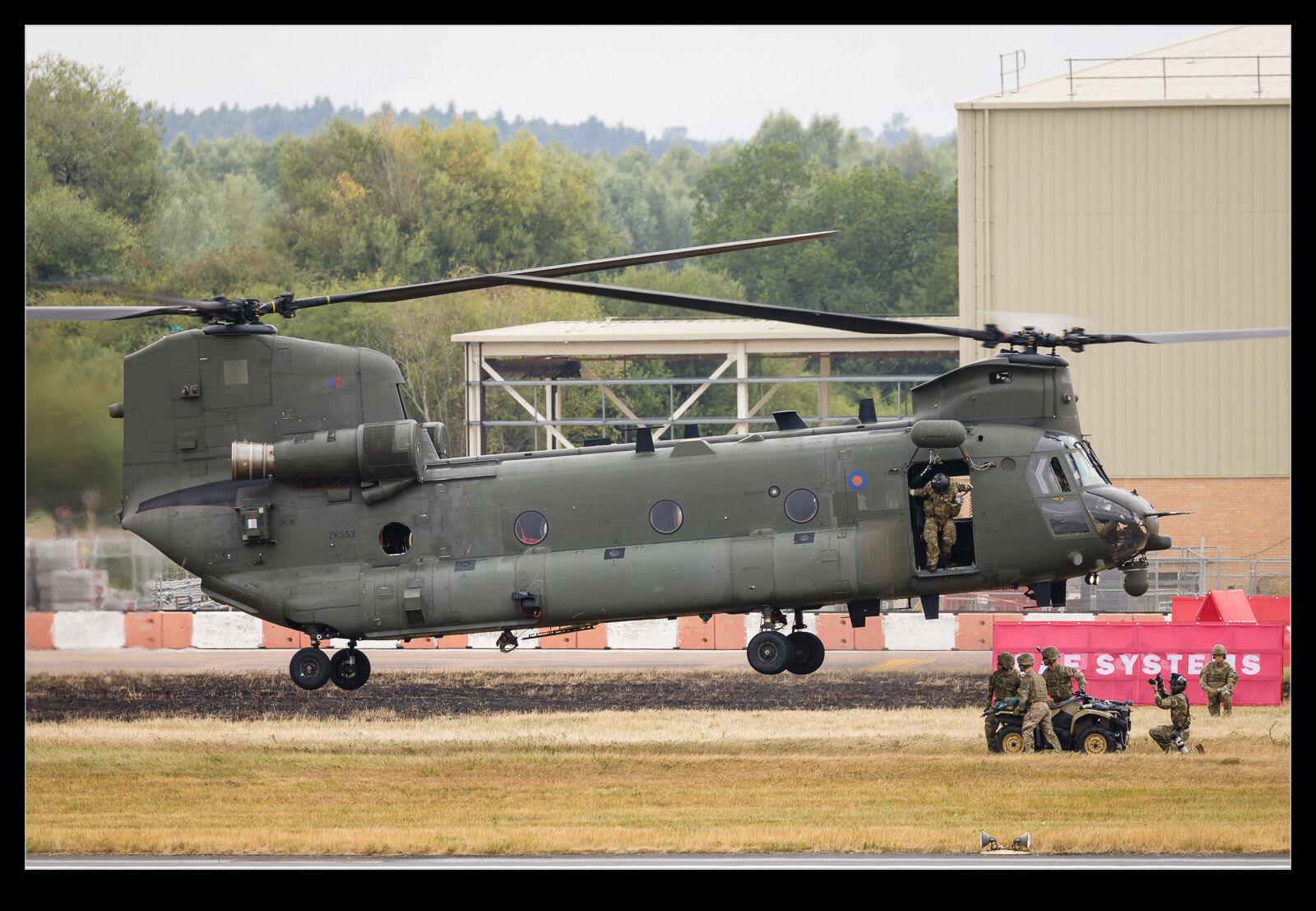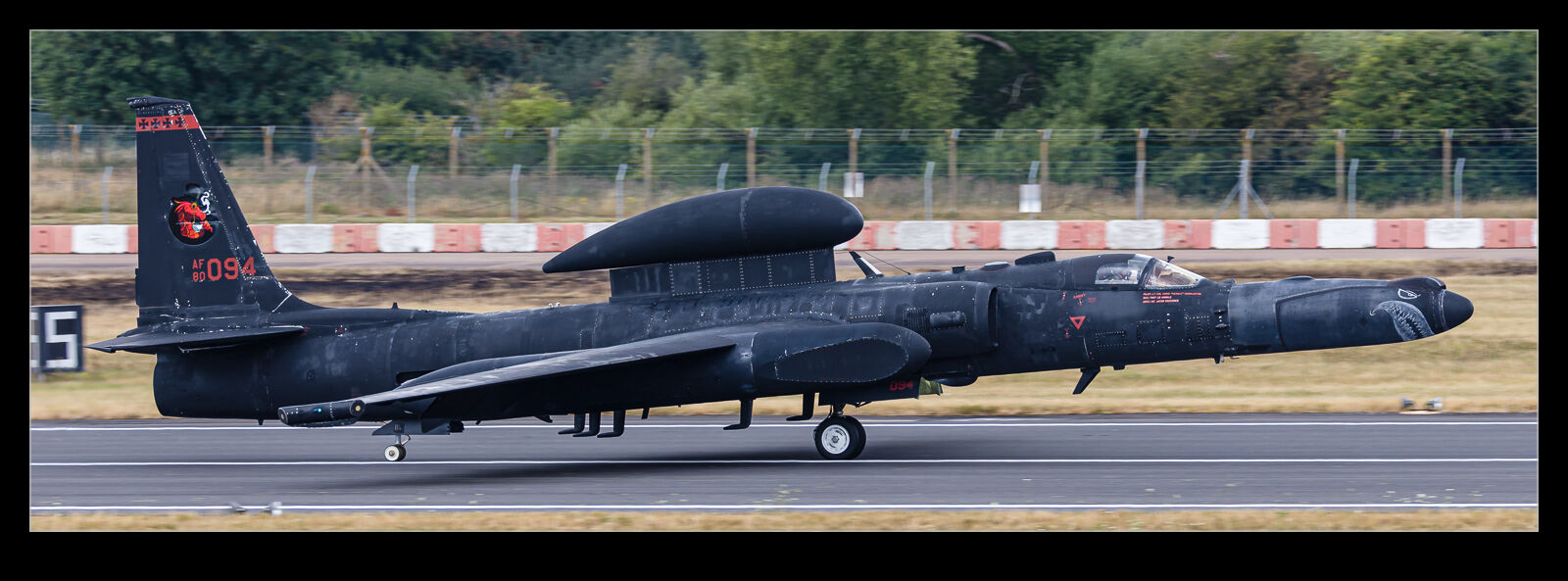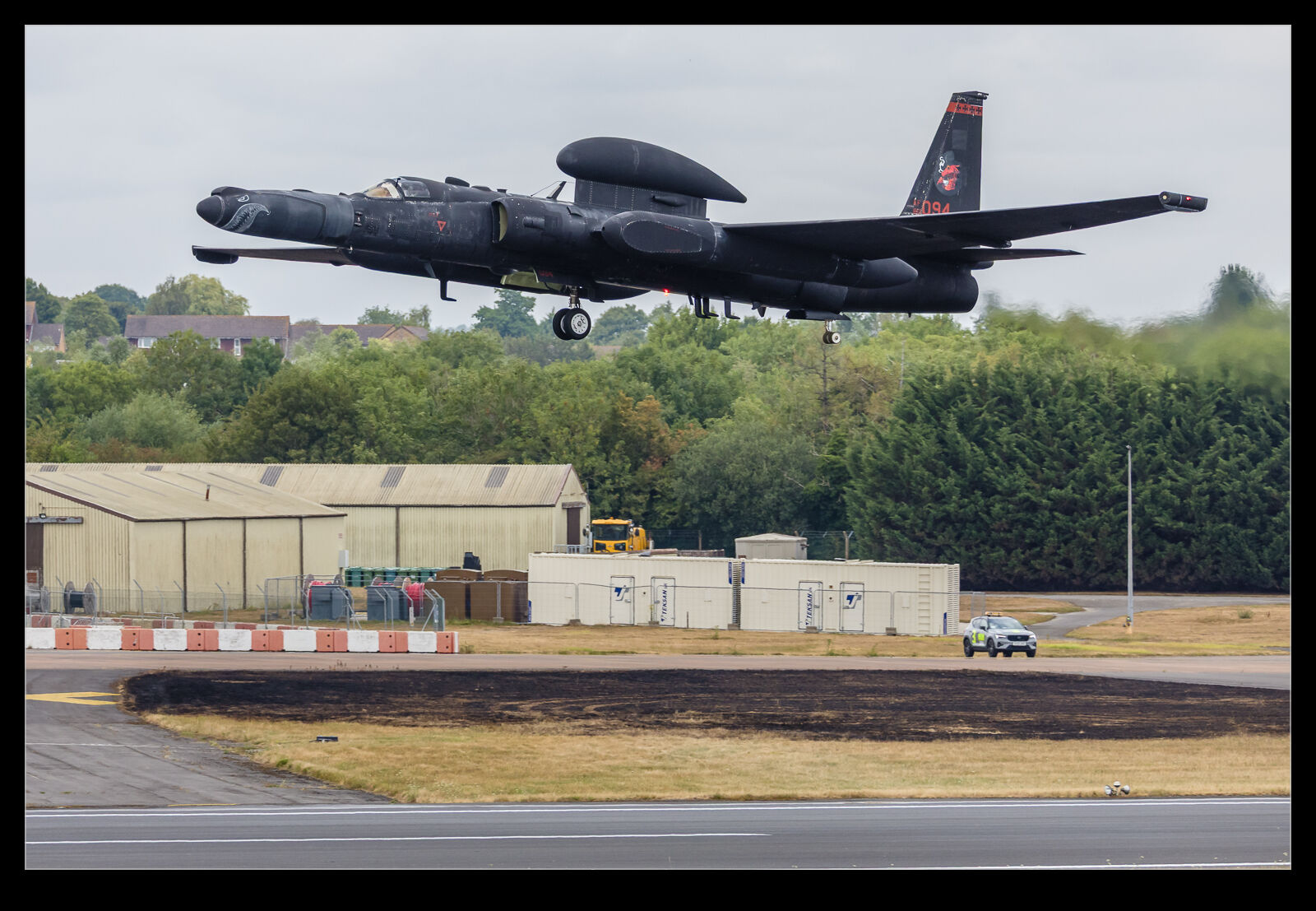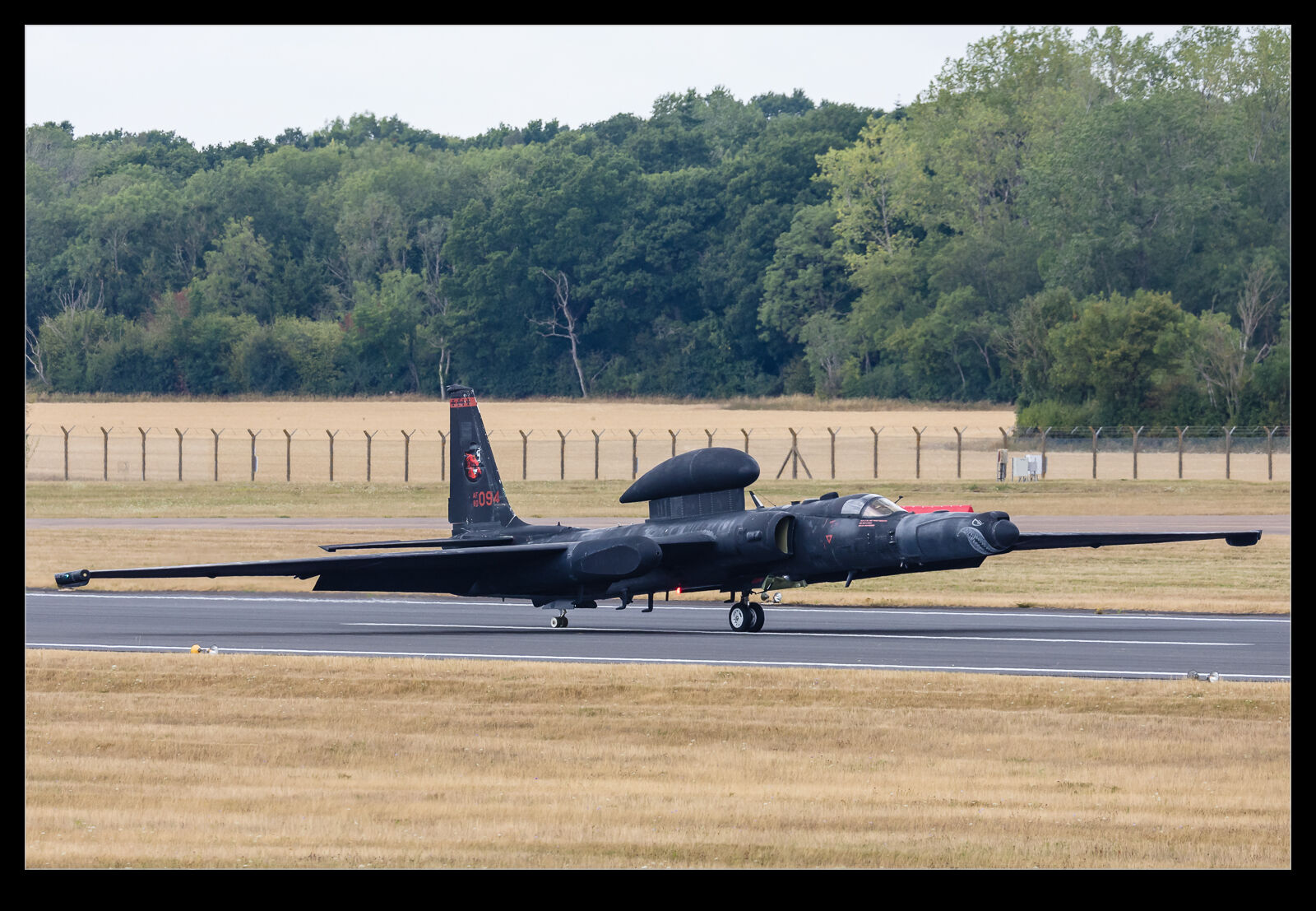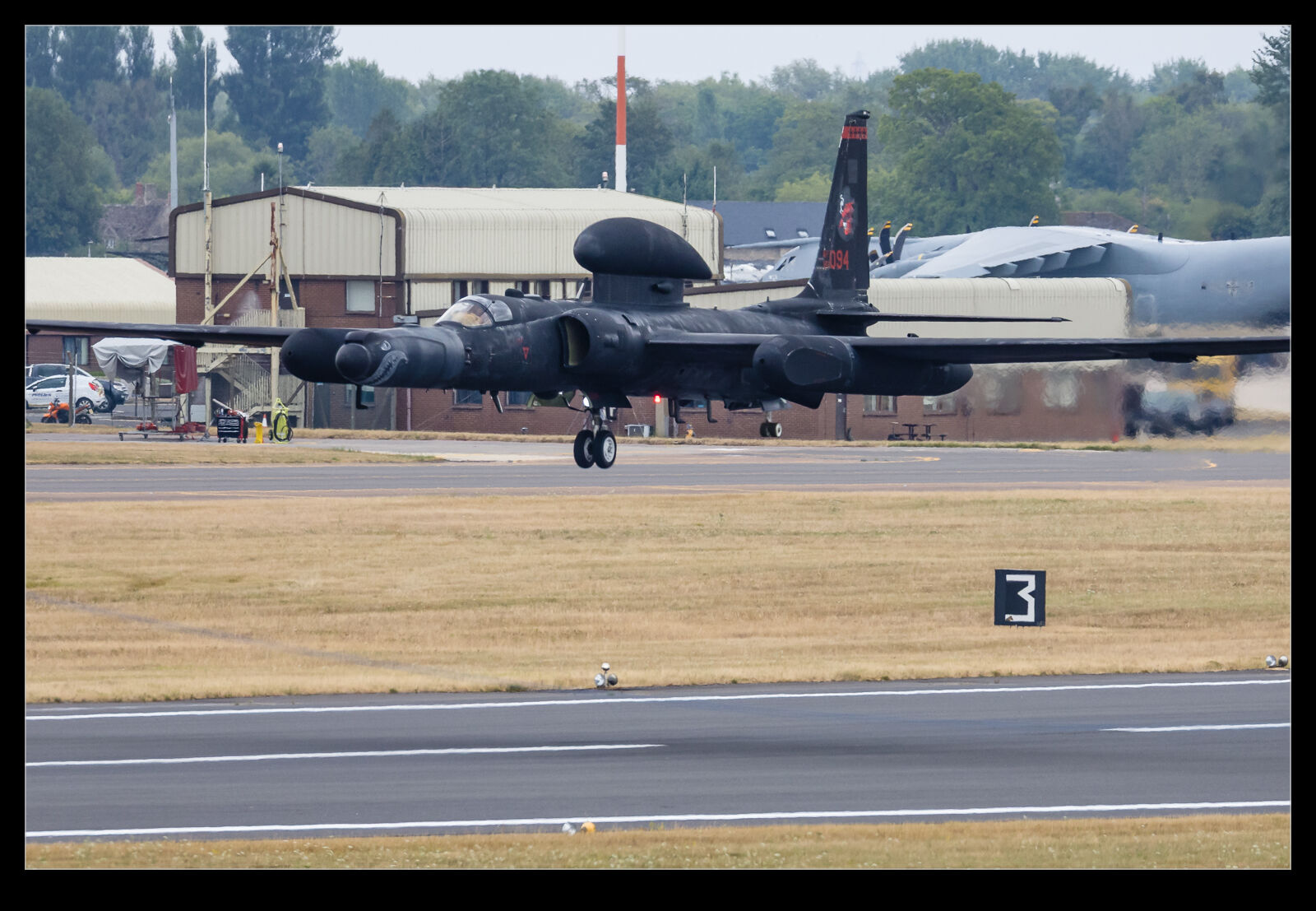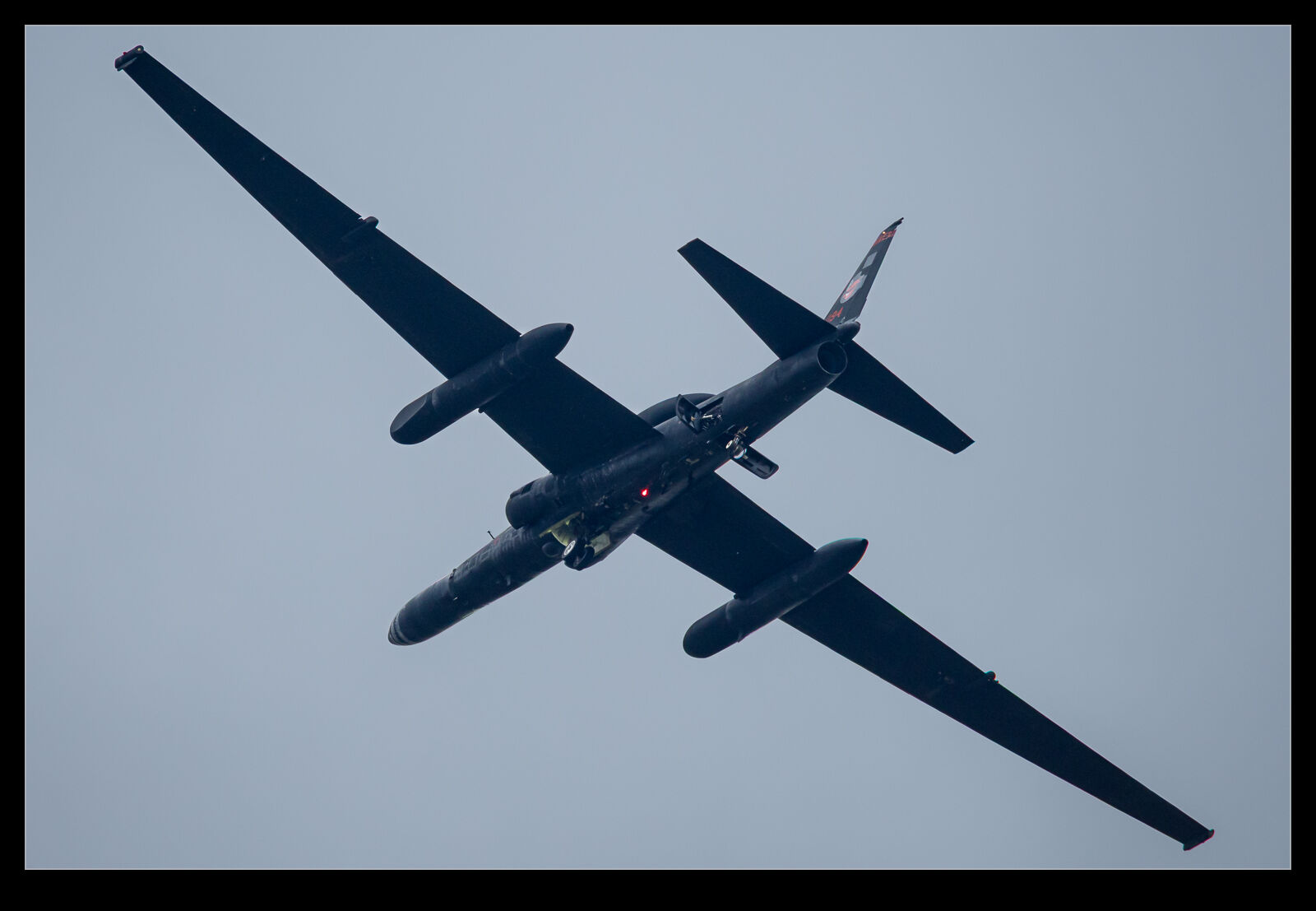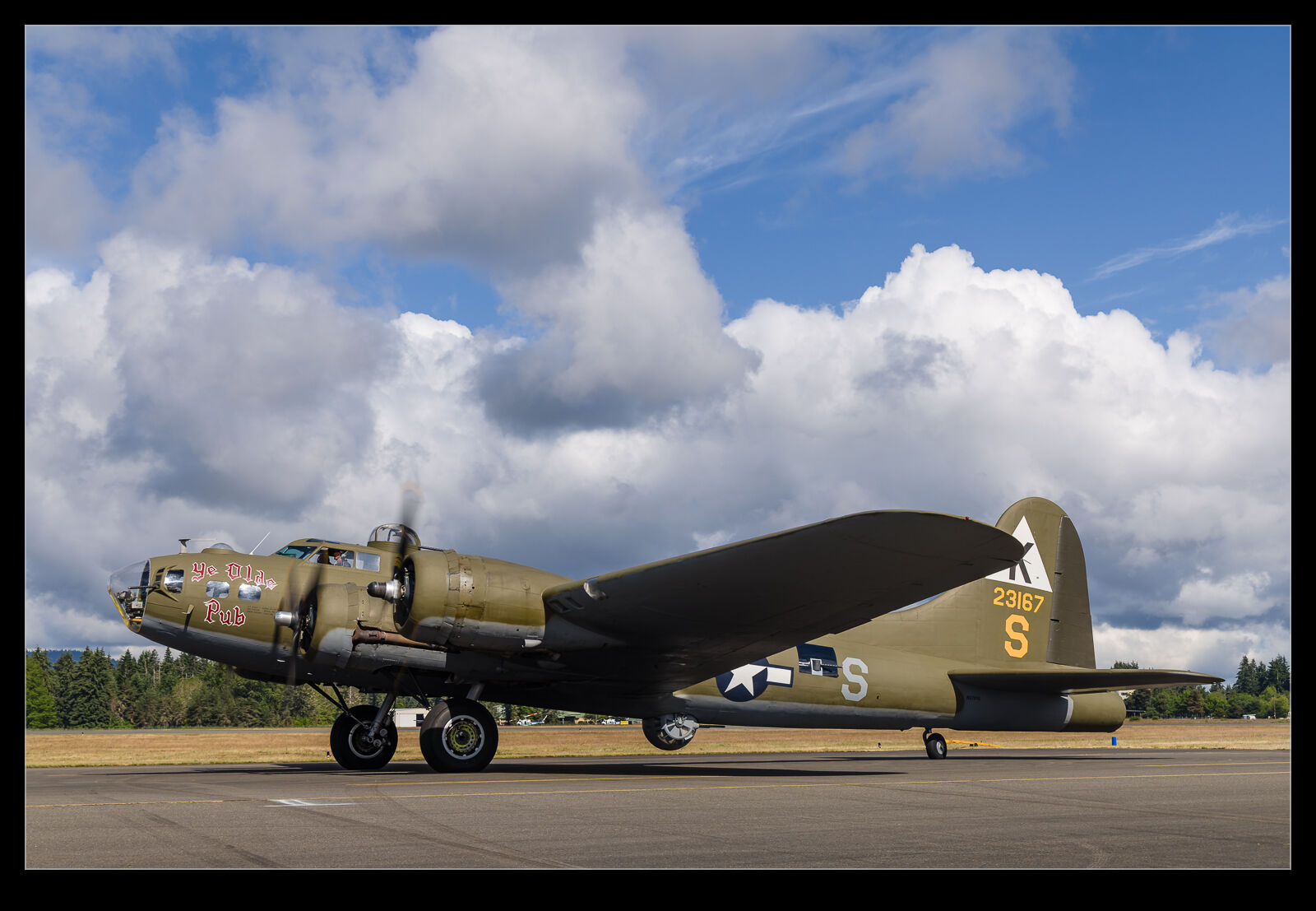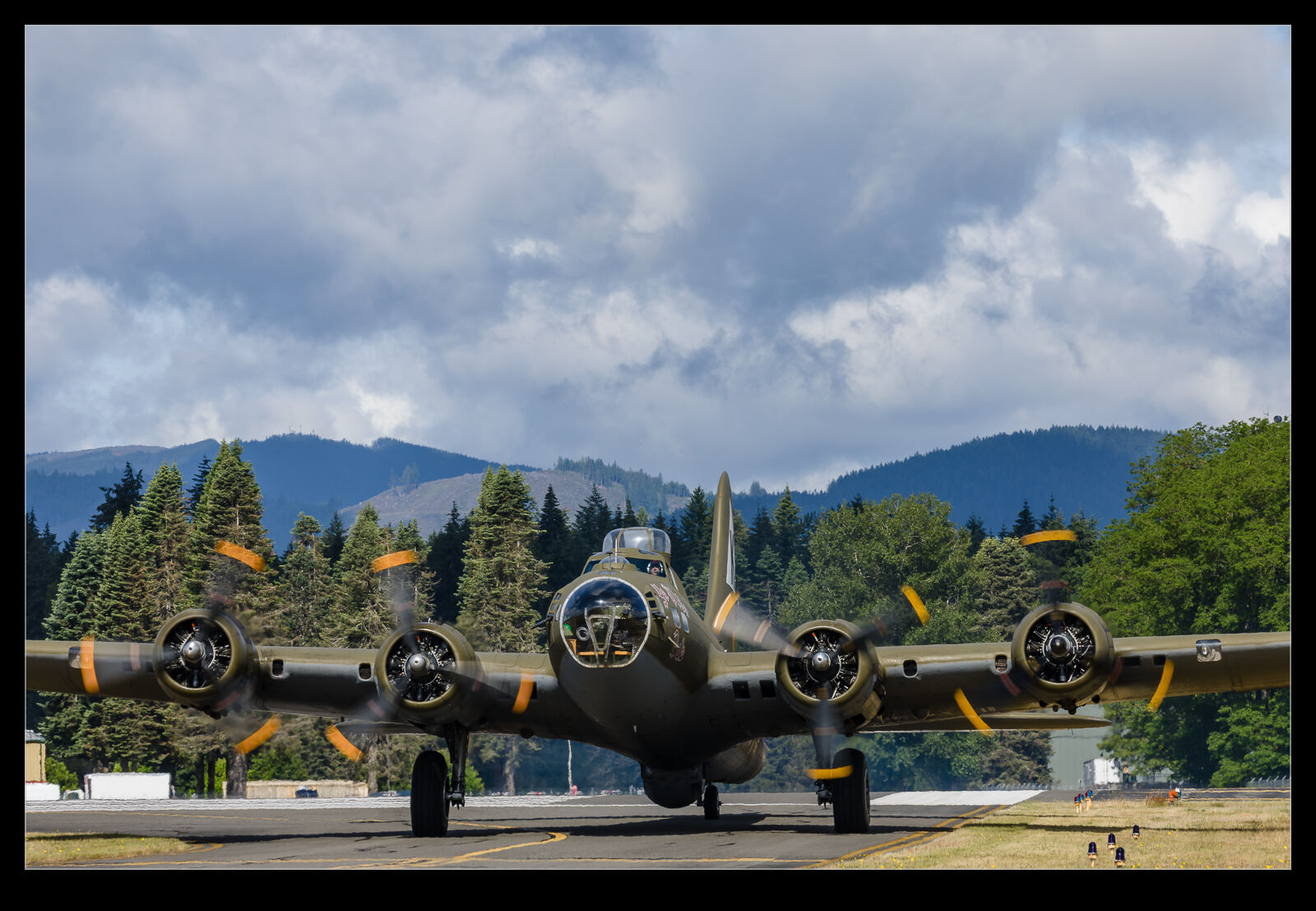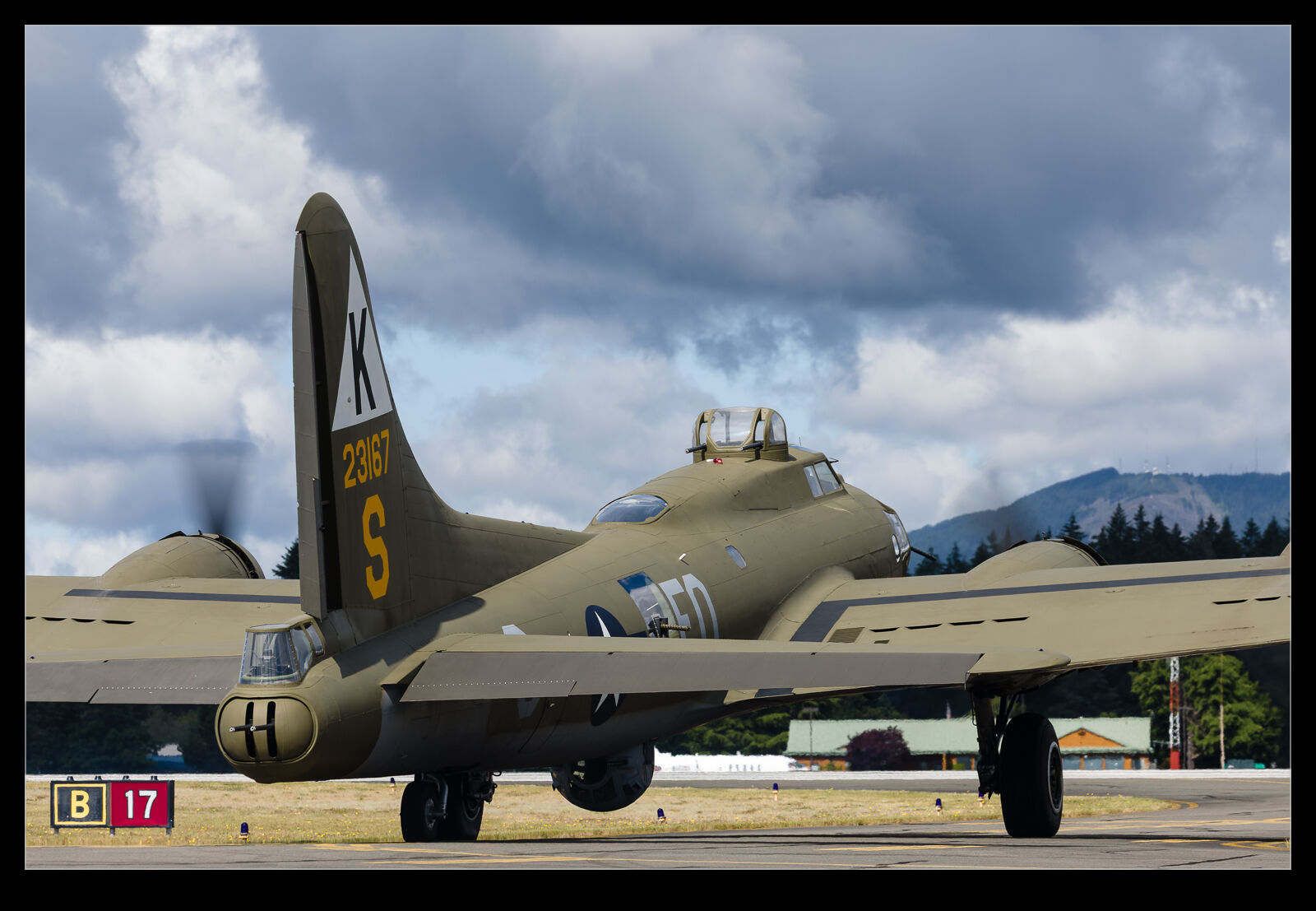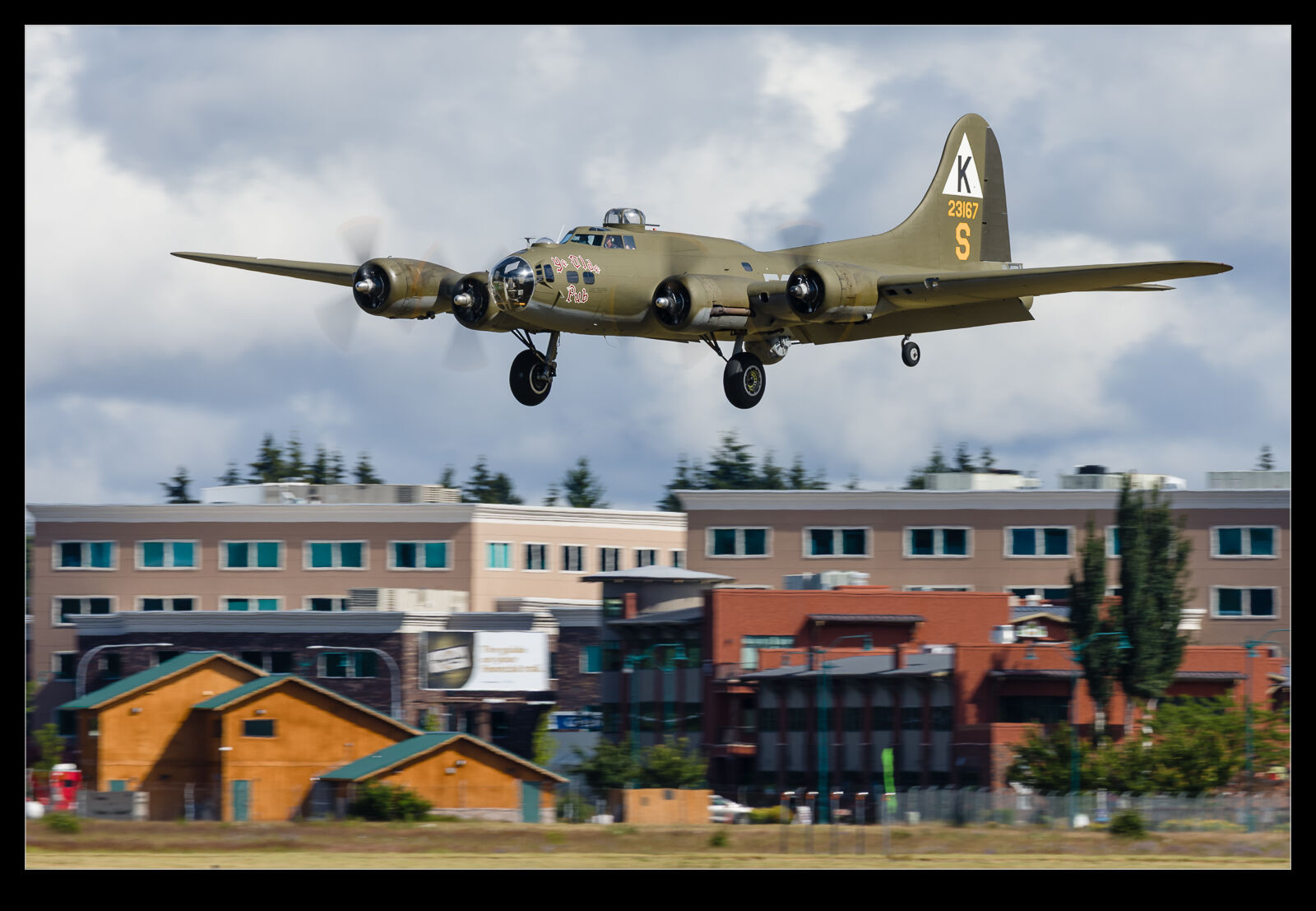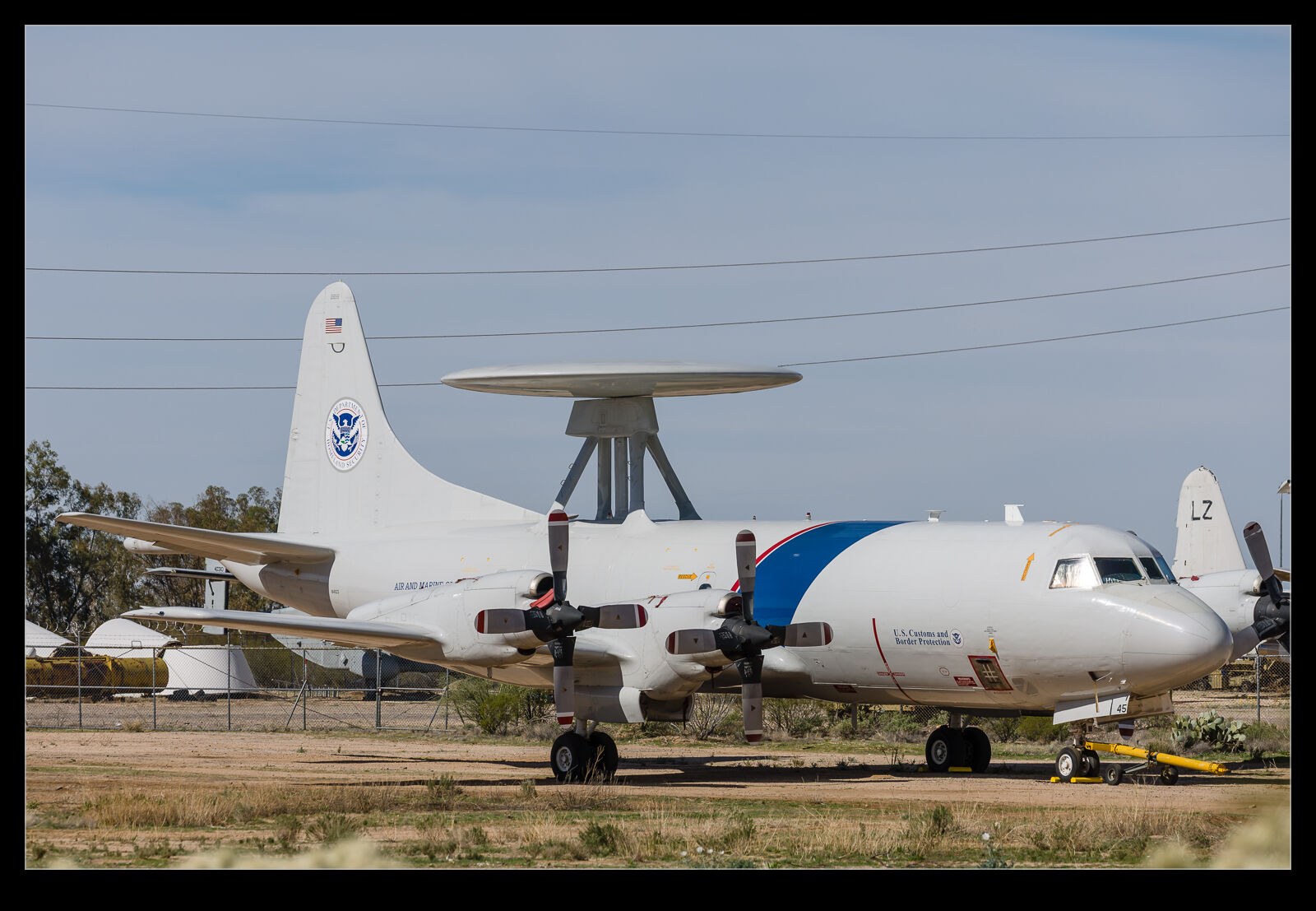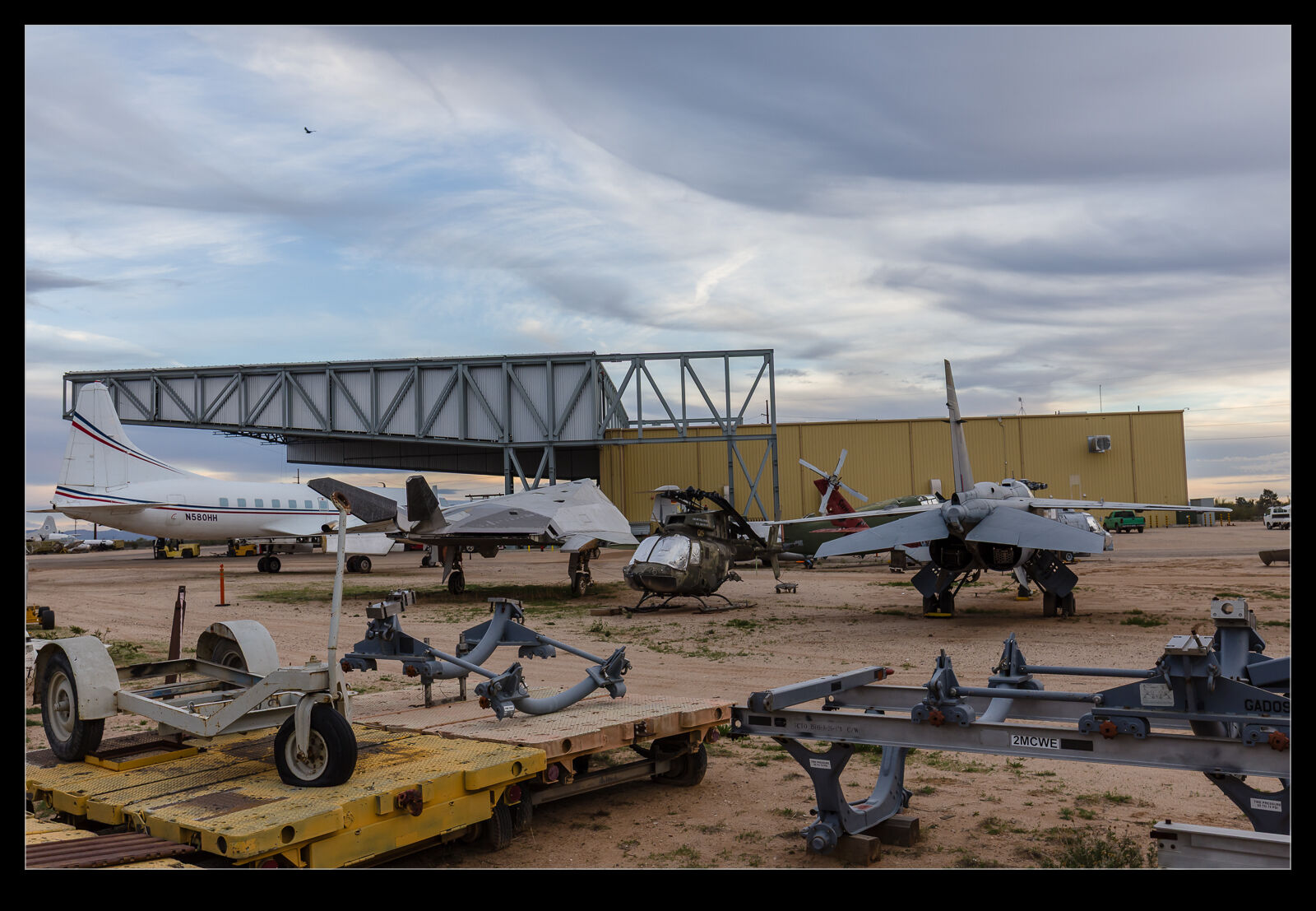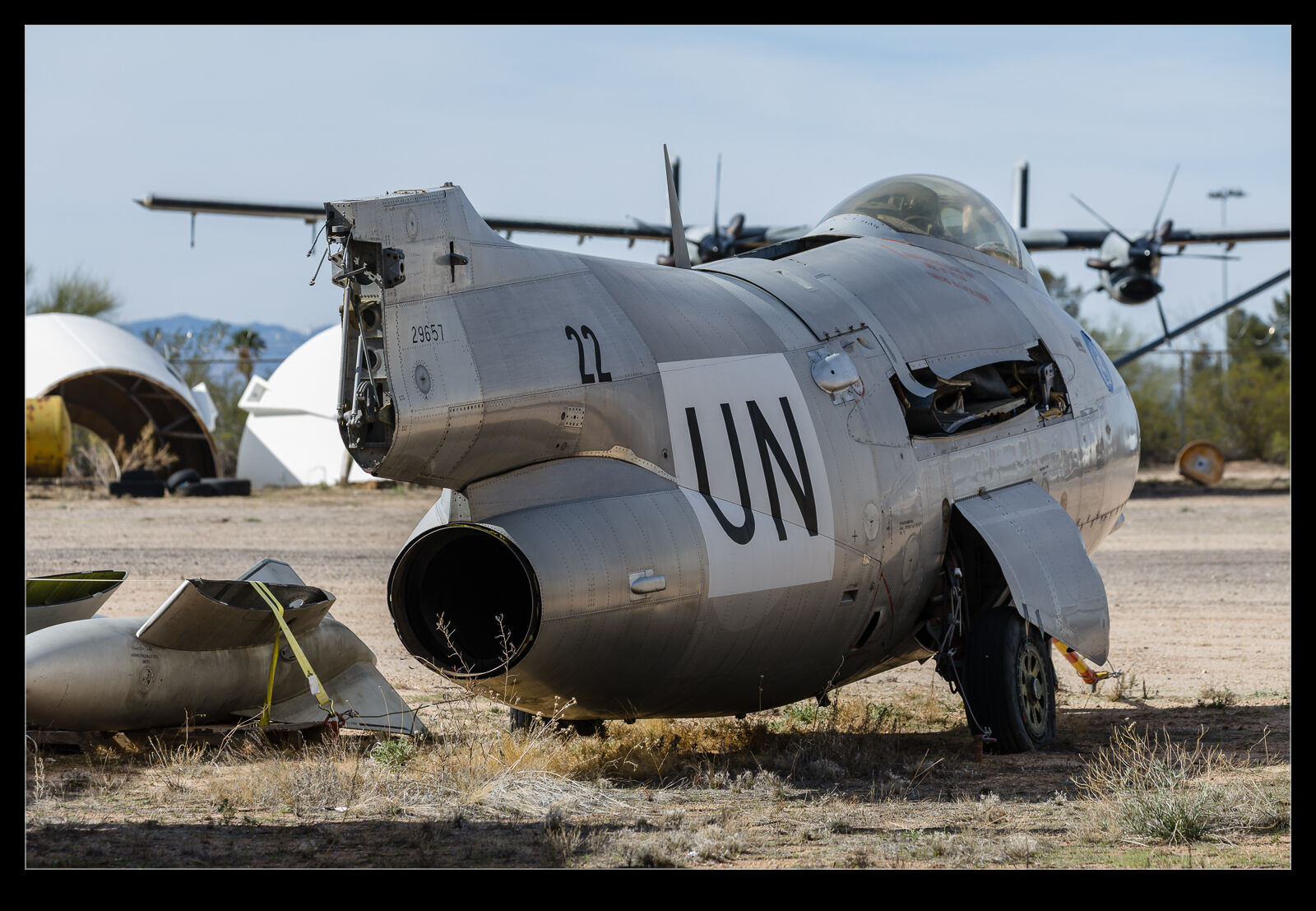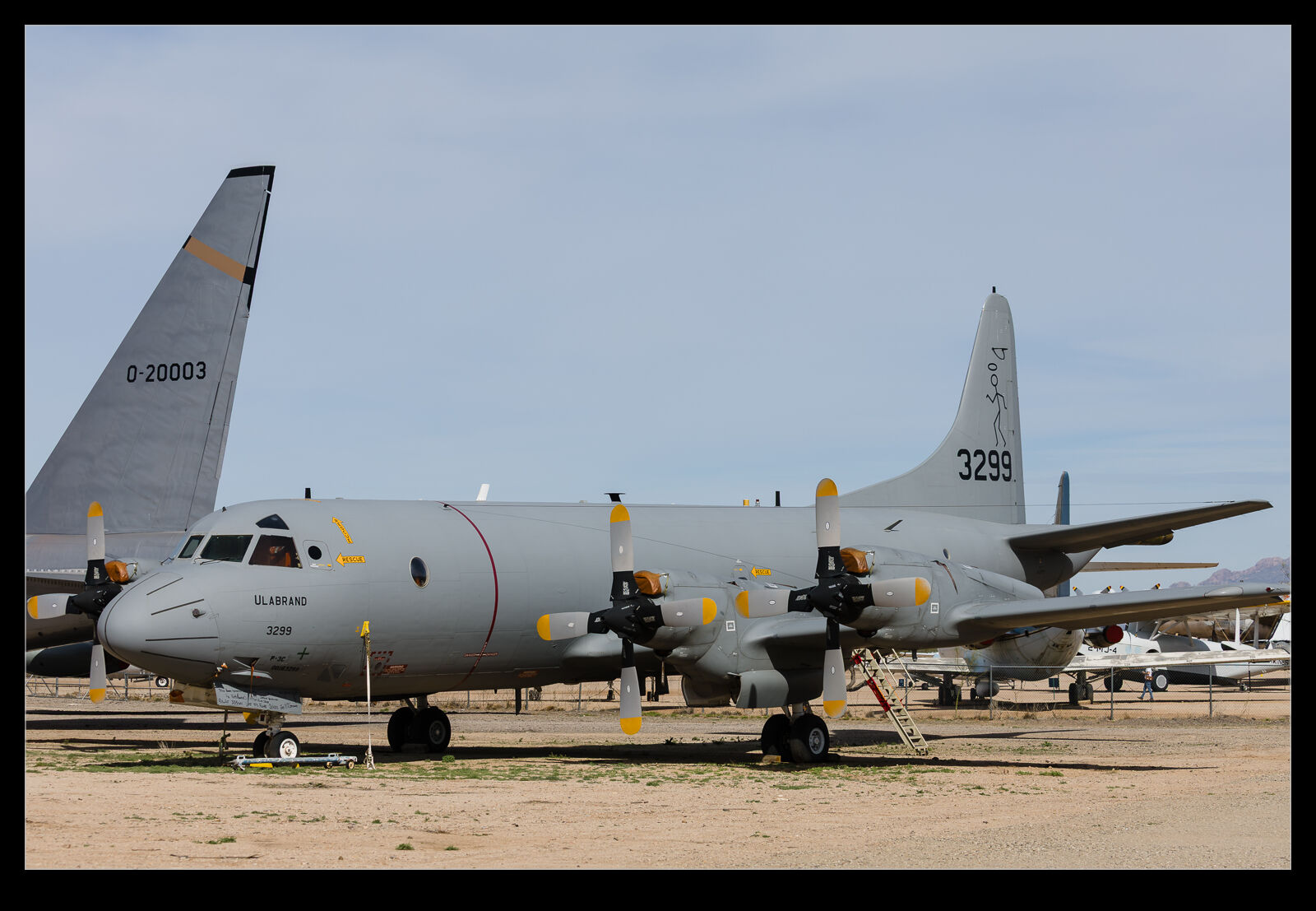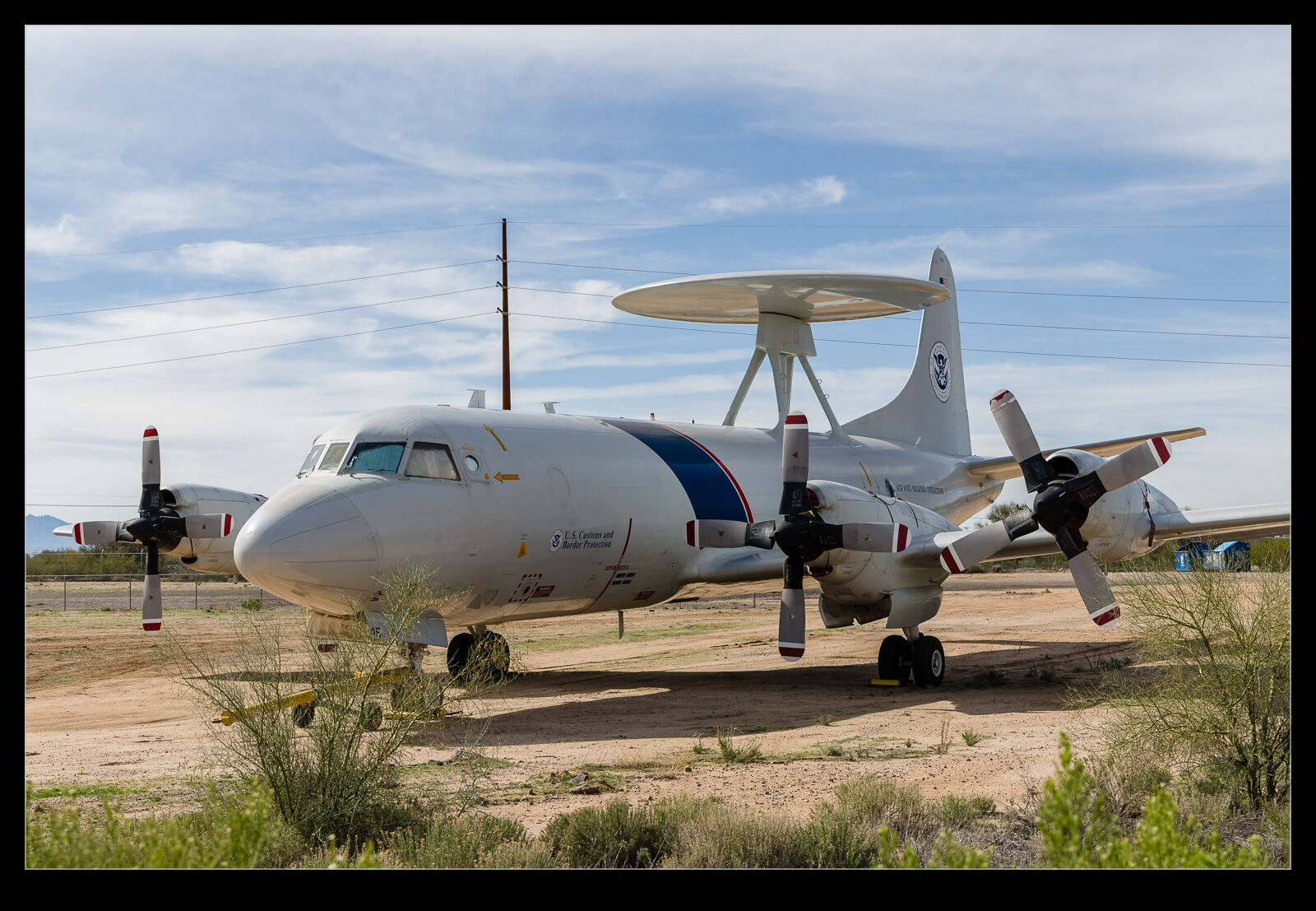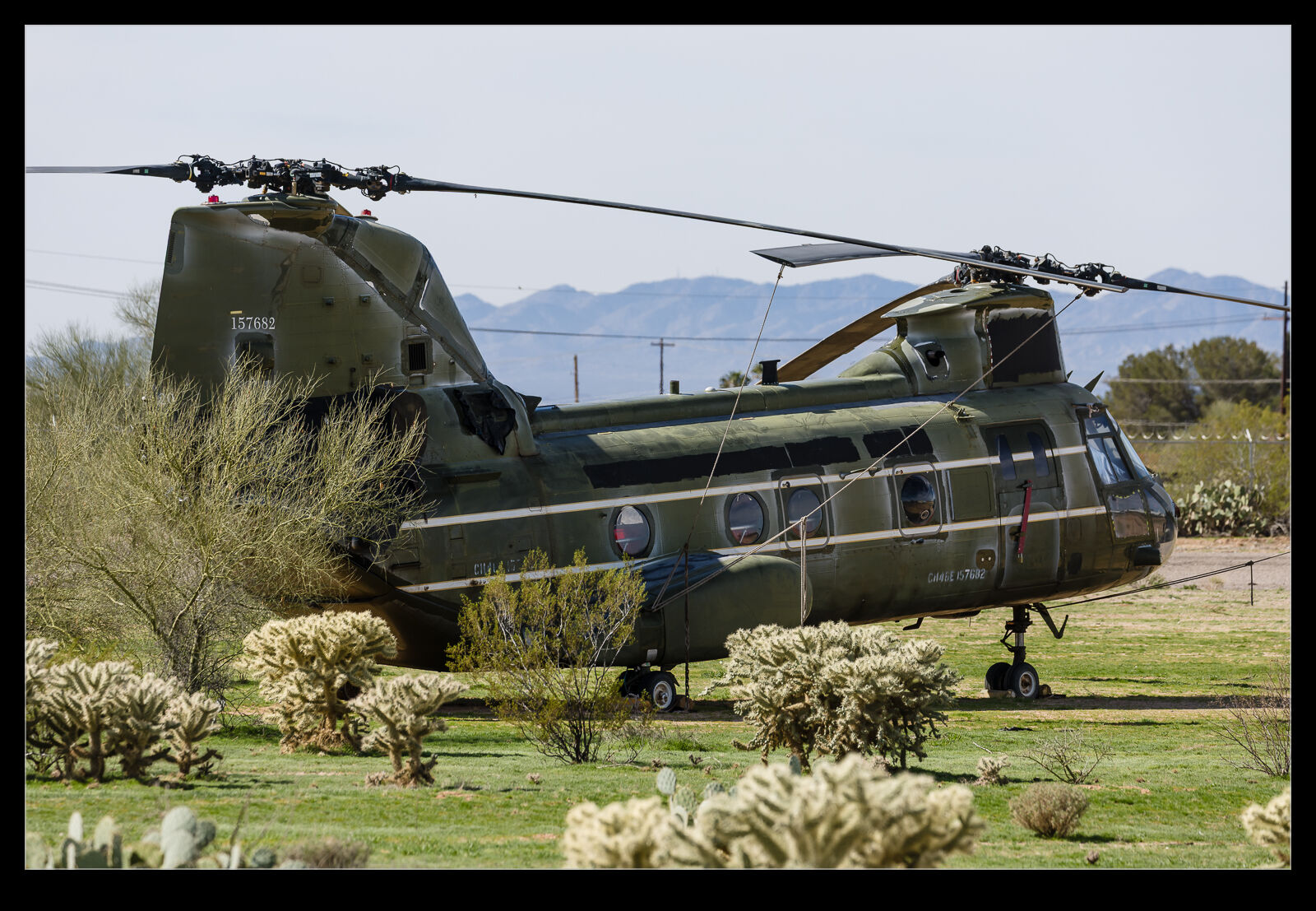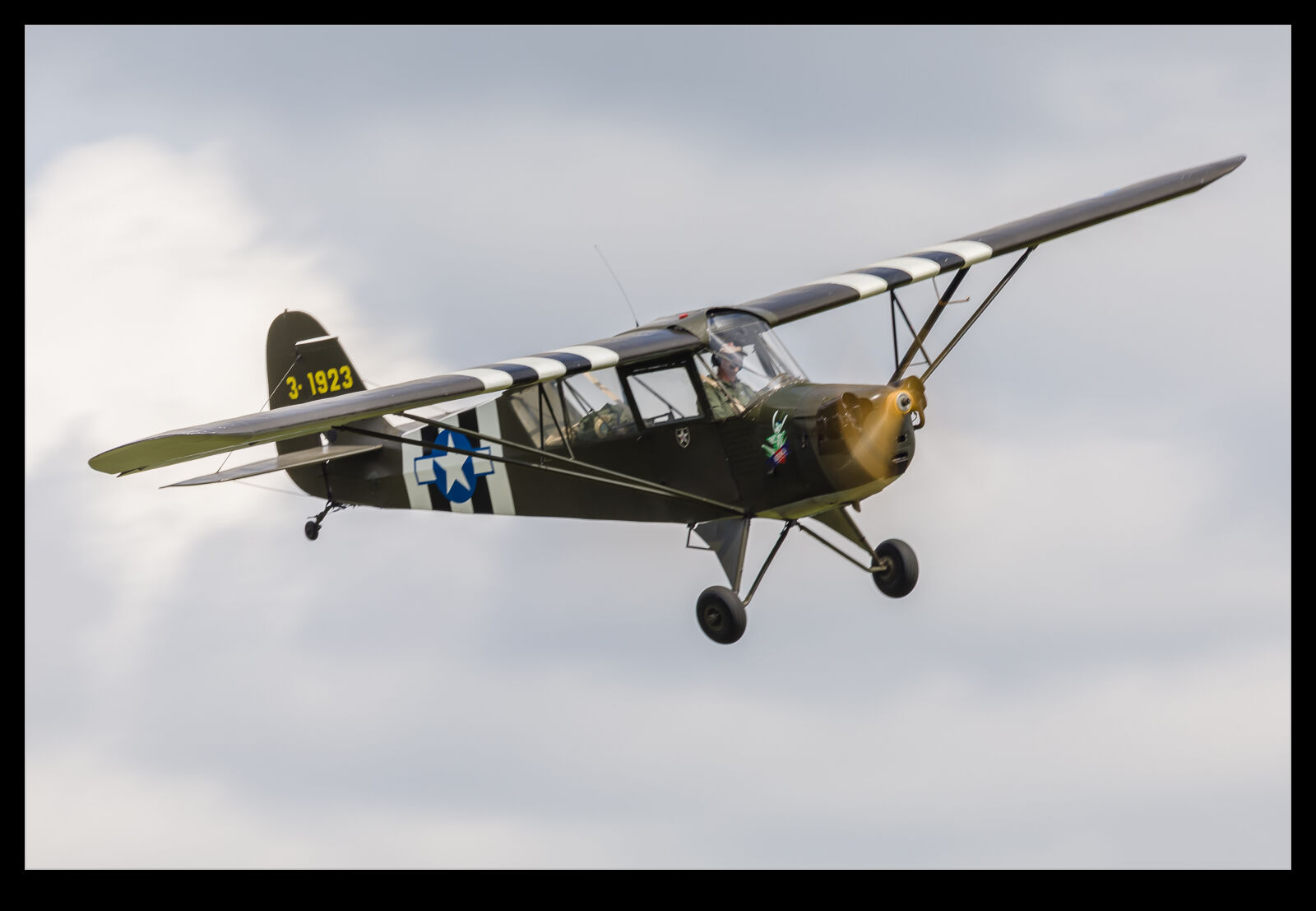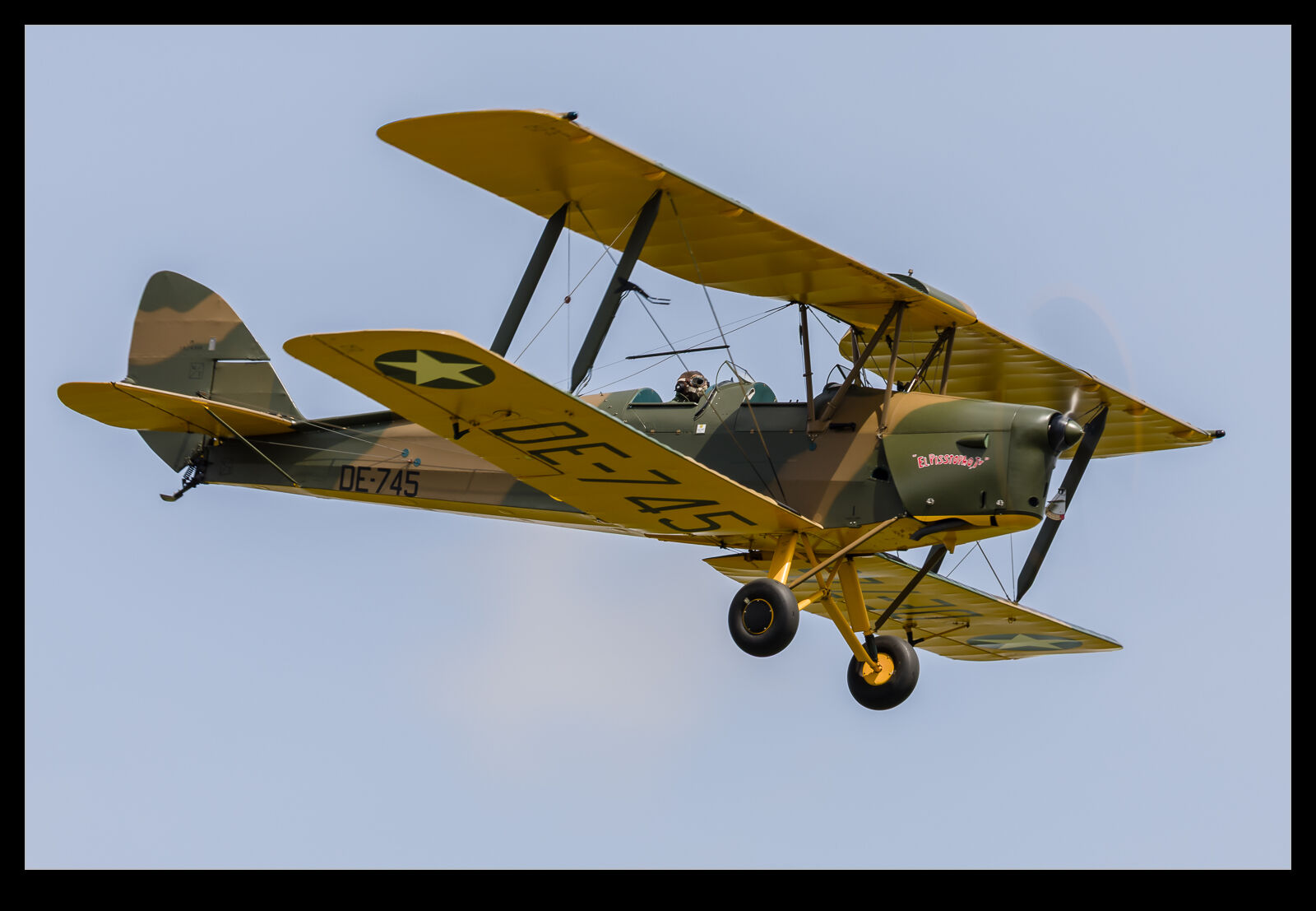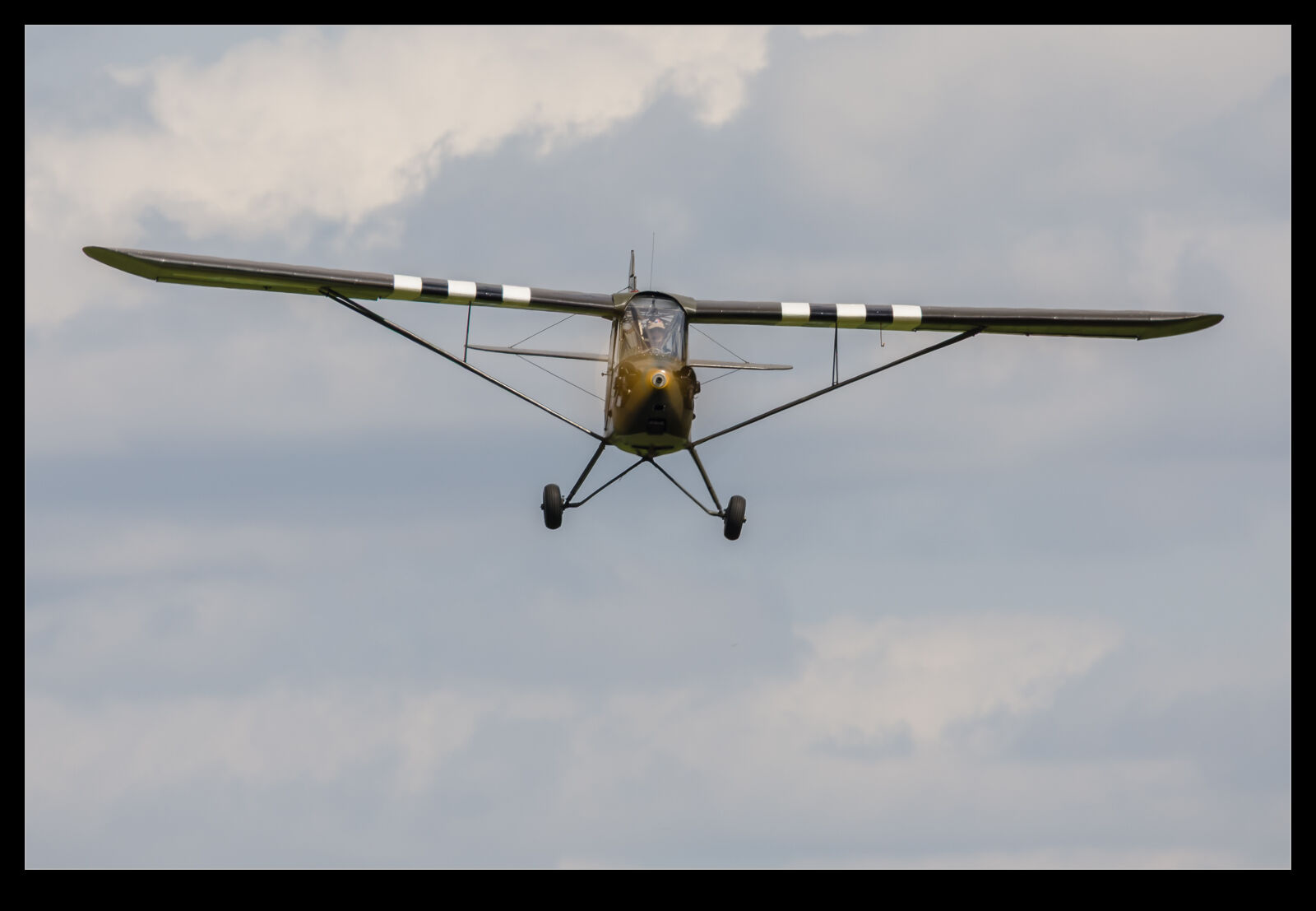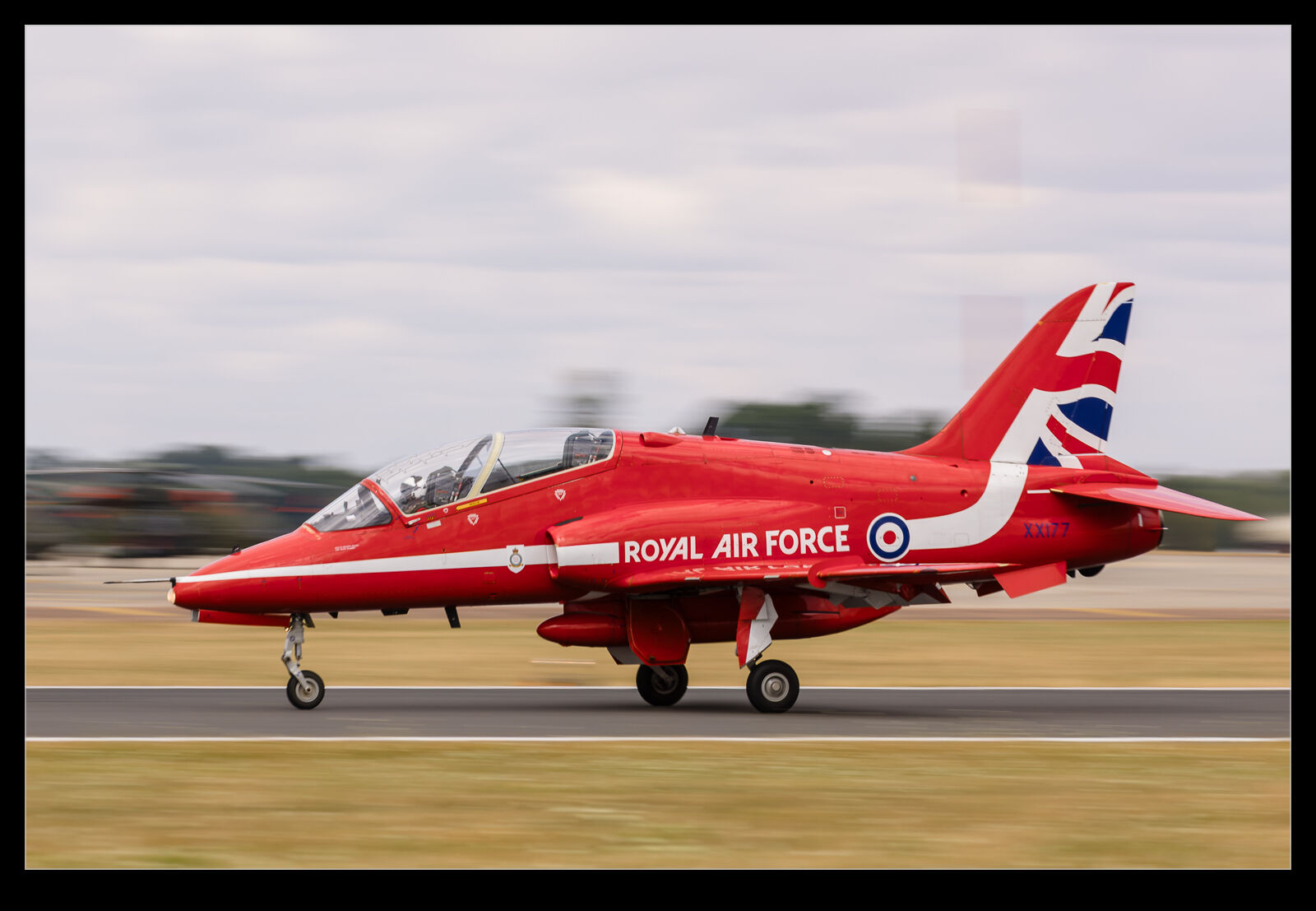 One of my days at RIAT was spent down towards the threshold of the runway. This meant I was able to get shots of the approaching planes and, hopefully, their touchdown. I say hopefully because a couple of things were working against me. First, there were some distance to go boards that could be in just the wrong spot depending on where the plane touched down. Second, because I was close in and there was a lot of distracting stuff in the background, I was going with a lower shutter speed to give the sense of motion and blur out some of the distractions.
One of my days at RIAT was spent down towards the threshold of the runway. This meant I was able to get shots of the approaching planes and, hopefully, their touchdown. I say hopefully because a couple of things were working against me. First, there were some distance to go boards that could be in just the wrong spot depending on where the plane touched down. Second, because I was close in and there was a lot of distracting stuff in the background, I was going with a lower shutter speed to give the sense of motion and blur out some of the distractions.
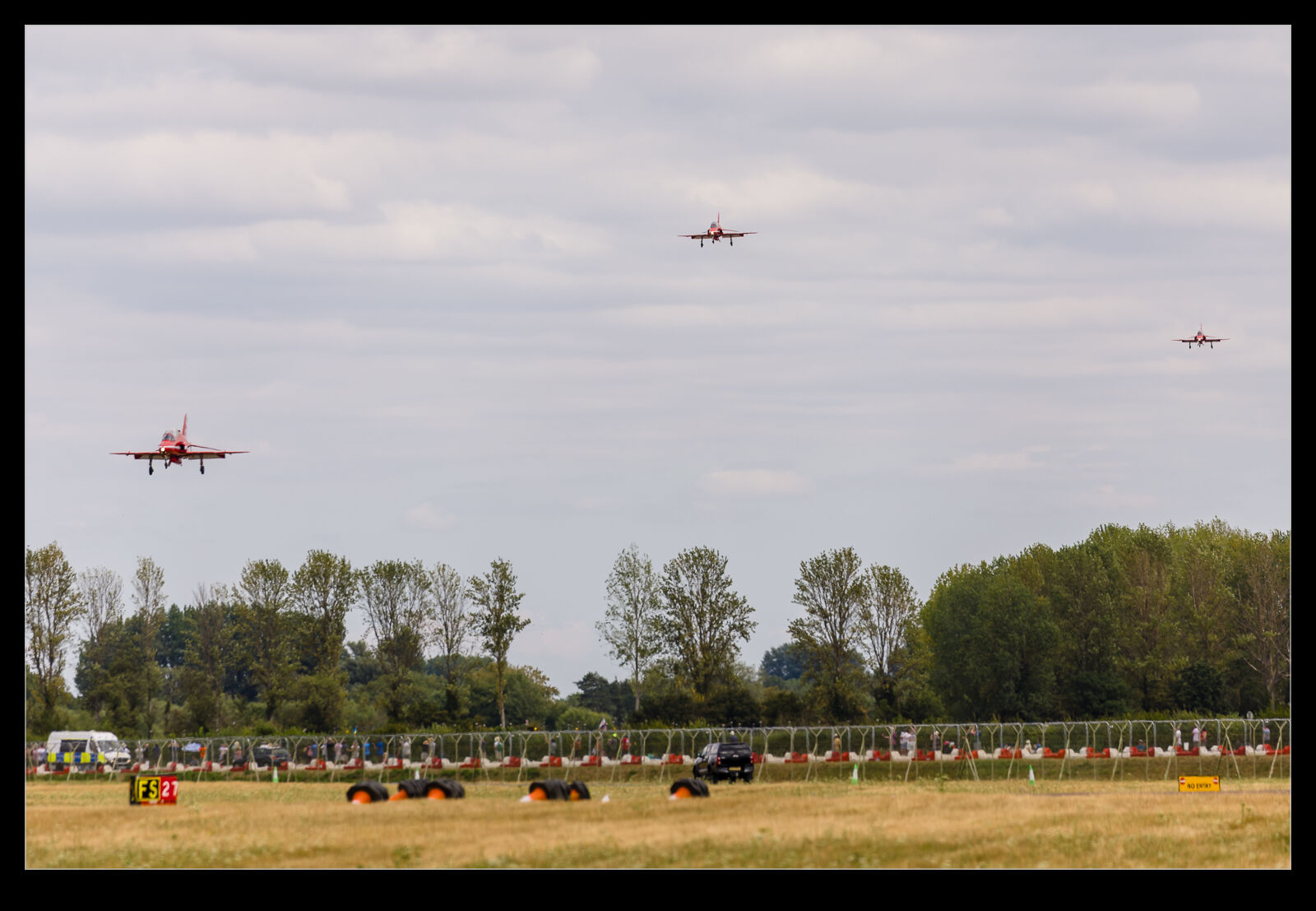 I didn’t have a high success rate with some of these shots which was expected. When going through them, I can be pretty aggressive at culling anything that is not super sharp (at least on a part of the airframe that will be the first point of interest for a viewer) but I do have to bear in mind that I am looking at a high resolution version of the image zoomed in to 100%. When it is a 1600 pixel image on a screen, it will forgive a lot of the detail problems.
I didn’t have a high success rate with some of these shots which was expected. When going through them, I can be pretty aggressive at culling anything that is not super sharp (at least on a part of the airframe that will be the first point of interest for a viewer) but I do have to bear in mind that I am looking at a high resolution version of the image zoomed in to 100%. When it is a 1600 pixel image on a screen, it will forgive a lot of the detail problems.
 Anyway, I got some shots of the jets on approach and then as they touched down. Some of them came out pretty well. I did also use the location for take off shots where, since the planes were just beginning their take off rolls, they weren’t going that fast and getting the blur required was a bit trickier. Some of those will, at some point, show up on here too.
Anyway, I got some shots of the jets on approach and then as they touched down. Some of them came out pretty well. I did also use the location for take off shots where, since the planes were just beginning their take off rolls, they weren’t going that fast and getting the blur required was a bit trickier. Some of those will, at some point, show up on here too.
